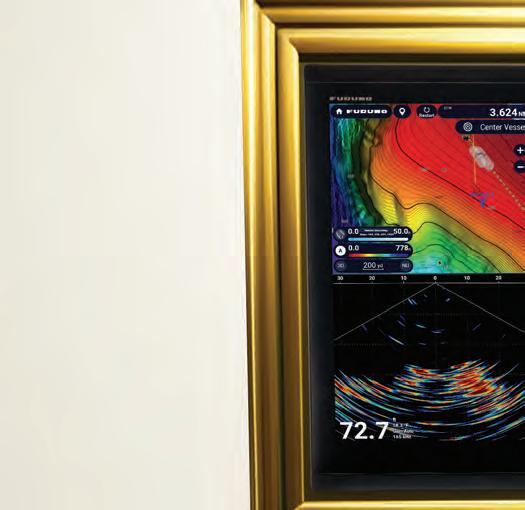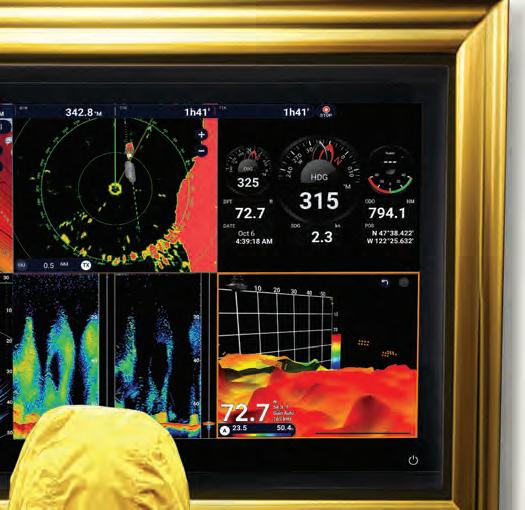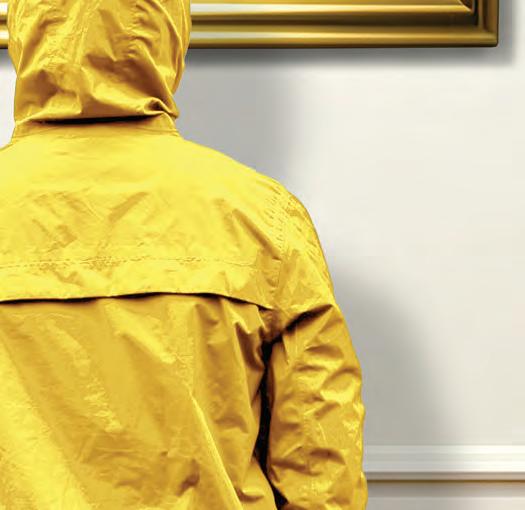












































































































Whether your vessel options are limited or you just want to spice up your inshore fshing experience, fshing from a kayak should not be overlooked as a possibility. When done correctly, it is some of the most exciting fshing. It can also be modifed for the extreme, or an entirely leisure day on the water.
Kayaking is how I fell in love with fshing. Of all the diferent ways I have gone about it, I have enjoyed them all. From packing a lunch and fshing my way to an island for a picnic and a swim, to drifing backcountry mangroves other vessels cannot access, to cruising dock lights at night, or deploying in
1,300 feet of water seeking yellowfn tuna of of the oil rigs, kayak fshing is versatile with endless possibilities.
Tis type of fshing can be dangerous, and its especially important to know your limitations and be overly prepared. Currents and wind change quickly and afect your return trip. Make sure to check tides and weather before venturing or drifing too far. Paddling against the current while battling the extreme heat can put you in a bad situation very quickly. Make sure to have a small anchor onboard as well. Obviously, this will come in handy for fshing, and it can also provide an opportunity to rest if exhaustion is getting the best of you.
Decking out your rig for fshing is an art form, and there are many ways to go about it. Prioritize having a cooler attached to the back over all else. You do not want to get dehydrated out there. Aferall, you are the motor of the vessel, and should be well maintained just like any other motor.
Afx everything to your kayak with the expectation of getting fipped. Of course, do everything to keep yourself from that situation, but things happen. Use dry-storage bags, and clip everything to the kayak itself. Most kayaks are designed to make this a straightforward process.
Fishing artifcials will simplify your set up, but sometimes afer all the paddling, its nice to relax and toss out some live bait. A bait bucket on a rope with shrimp, that can be tossed out between paddles, should be all you need. For more extreme fshing, modify a PVC pipe with holes drilled into it to hold live baitfsh.
Use common sense and check local regulations. Protect yourself from the sun during the day, be properly lit at night, and stay out of high-trafc boating areas and channels. You are also required to carry a PFD and a sound producing device, such as a whistle.
Once you have hit the full safety checklist, go out there and experience the possibilities that kayak fshing has to ofer. Fishing from a kayak will intensify the tug even with smaller fsh you hook up to, so hang on and enjoy the aquatic sleigh ride.
Capt. Quinlyn Haddon guides with Sweet E’Nuf Charters out of Marathon, Fla. See Captainquinlyn.com, @captainquinlyn or call (504) 920-6342.

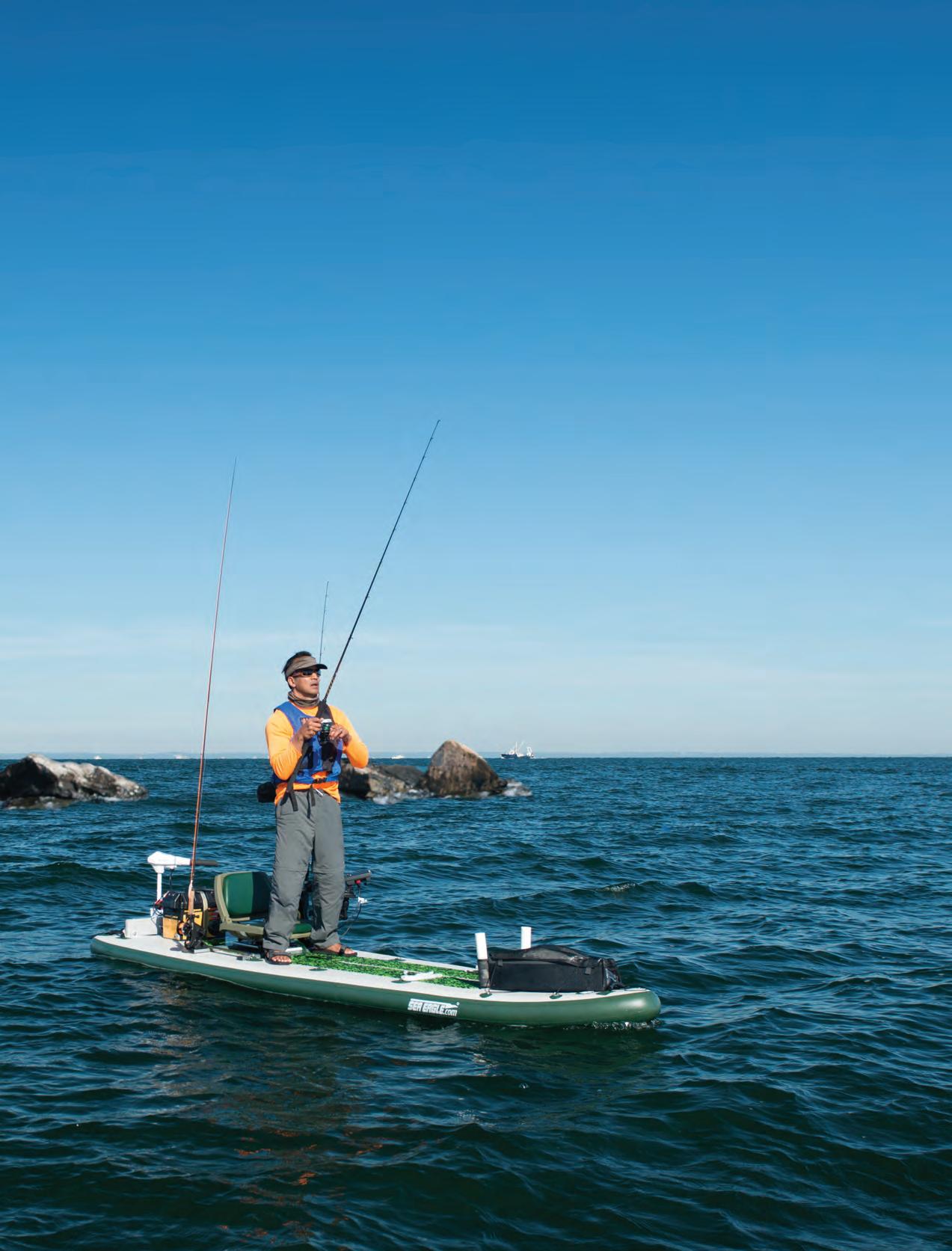








Hybrid striped bass are the Franken-fsh of anglers’ dreams. Also known as wipers, sunshine bass and other names, they are hatchery-produced crossbreeds of white bass and striped bass. Tey are stocked into reservoirs across the country for angler enjoyment.
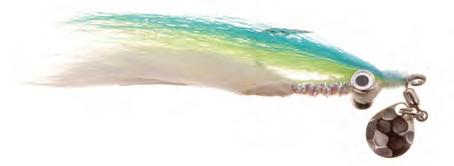
Central Georgia’s Lake Oconee is a hybrid hot spot. Georgia stocks hundreds of thousands of hybrids in the lake, and conventional anglers get afer them with live baits, jigging spoons, bucktails and trolling lures.
Capt. Wayne Moore, of Oconee on the Fly guide service, is probably the only guy you’ll see on Oconee waving a fy rod from his center console. While he admits conventional tactics are more efective, there are three situations when fy fshing is both productive and a boatload of fun.
Oconee is a 19,000-acre impoundment about an hour and a half drive east of Atlanta. Te lake backs up behind a pump-back dam that creates currents that are key to a good hybrid bite. Moore said there is ofen a good afernoon bite when the dam kicks on and hybrids move onto main-lake points to chase threadfn shad. Afer locating bait and fsh with electronics, Moore goes to work on them with 8-weight fy rods and intermediate sinktip lines. He fshes a cadence of fve short strips and a pause with a 2-inch long white/chartreuse Clouser on a 5-foot leader of 12- to 15-pound
fuorocarbon.
When the bite is hot, a good angler might boat 8 to 10 fsh, and 4- to 6-pound hybrids are not uncommon. “A 6-pound hybrid is going to fght like a 10-pound striper,” Moore said.
By Nick Carter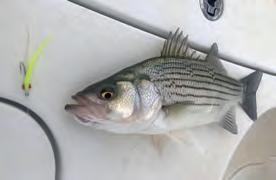

A fy rod is also fun for the mid-lake morning bite. When the water starts moving, hybrids herd shad to the surface and blow up on them in a frenzy. Te action only lasts an hour, but the bite is consistent for two or three weeks during the May shad spawn.
With thousands of newly hatched shad in the water, Cowen’s Somethin’ Else, and Cowen’s Coyote are Moore’s go-to fies. Henry Cowen is a legendary angler and fy tier who developed patterns specifcally for striped bass in Georgia waters. His fies work just as well on hybrids.
Night fshing under the lights is another situation when Moore would rather use a fy rod.
“We don’t have a lot of lit docks here, but the
ones that are lit will be covered with fsh,” he said. Casts must be precise, and the fghts are technical, so Moore reserves night trips for experienced fy fshers.
“You better have that 15-pound leader. A 6-pound hybrid will give you a run for your money,” he said. “Tey’ll run you right back under that dock.”
With the May schooling bite approaching, it’s worth making plans to visit Oconee now…or try these tactics on your local hybrid reservoir.
Contact Wayne Moore at (404) 317-9556 or wmoore1700@outlook.com and check out Oconee on the Fly at www.oconeeonthefy.com.




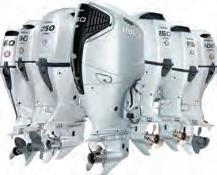
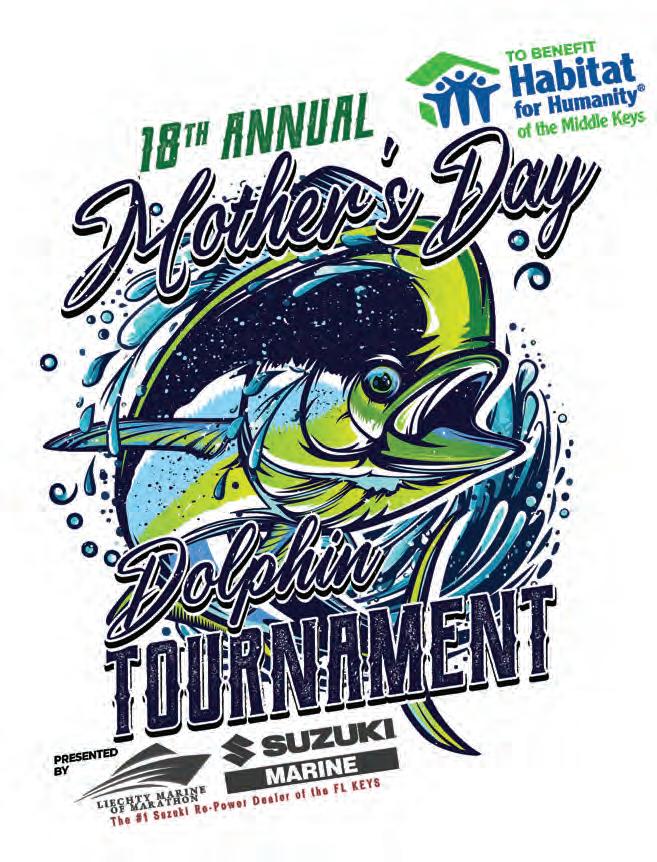

May 10th & 11th, 2024
Online Registration:
MothersDayDolphinTournament.com
Captain’s Meeting
The Island Fish Co.
Friday May 10th - 6pm to 7pm
Lines In: Saturday, May 11 - 7:30am
Lines Out: Saturday, May 11 - 3:30pm
Weigh-In
Curly’s Cofee
Saturday, May 11th - 3:30pm to 6pm
Awards Banquet
Marathon Yacht Club
Saturday, May 11th - 7pm
Sunday Honor Our Moms
Always in our Hearts JB!

An Angler TournamentAngler Entry Fee is a Donation
Catagories
Ladies, Junior (16 and under), Weekend Warrior and Pro Prizes for 1st, 2nd and 3rd in all categories
Contact Chris Todd Young at 305-797-5779
Admin@HabitatMiddleKeys.org
Presented by




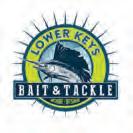








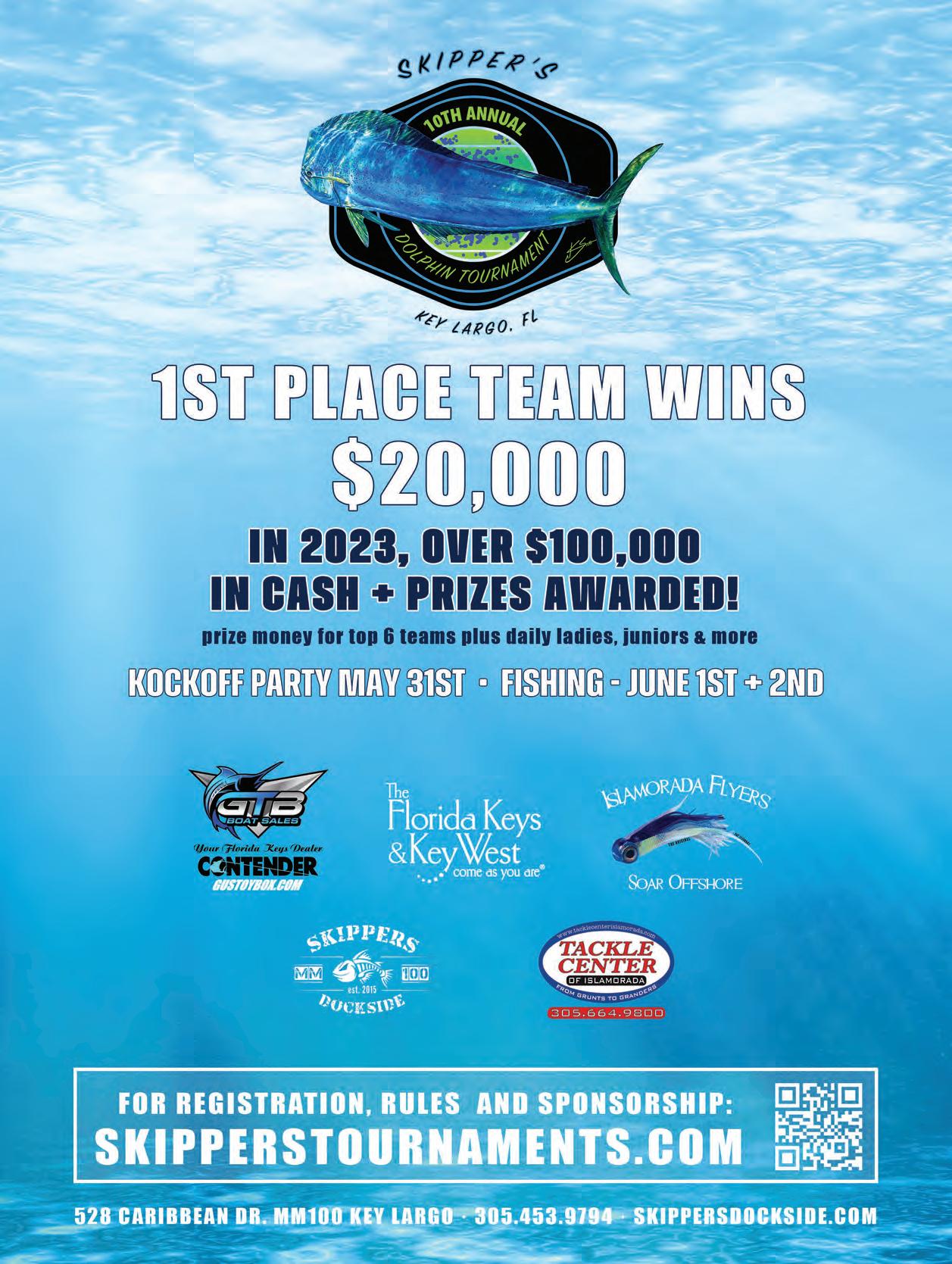




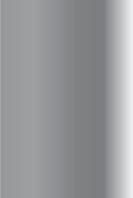


Trophy bass fshing in Alachua County was already good. With recently approved regulations intended to grow trophy bass, many anglers and the Florida Fish and Wildlife Conservation Commission are hoping it will get even better.
Orange Lake and Lochloosa Lake will both be managed under new regulations, which prohibit killing or possessing any black bass that is 20 inches or longer. Also, the new rules require the use of non-ofset circle hooks when fshing with natural baits longer than 3 inches in length. Te regulations are designed to allow trophy bass to remain in the lakes to grow larger and to minimize injury to fsh caught with natural baits. Bass ofen swallow live baits prior to the hook set, and circle hooks are designed so they are more likely than other hook styles to hook fsh in the lip, rather than in the gullet.
“Florida bass need to have the right genetics and waterbody conditions to grow for a long time,” said FWC Commissioner Gary Lester. “Orange Lake is unique, like in its fuctuations in water levels, that makes ideal conditions for bass to reach record sizes.”
Indeed, Orange Lake has established itself as one of the top trophy bass lakes in the state. It produces numerous 10-plus-pound largemouth bass every year, as documented by the Florida TrophyCatch program. Already in 2024, anglers have caught, released and reported eight 10-pluspounders to the program, and this fgure doesn’t include all the fsh caught by anglers who don’t participate in TrophyCatch. Te largest Orange Lake bass this year, so far, was a monster 13-pound, 4-ounce fsh caught by Luke Bolling on Feb. 15.
Lochloosa is not as much of a trophy bass factory as its sister lake, but it does pump out several 8- to 11-pounders for the Trophy Catch program each year. Both lakes are in Alachua County southwest of Gainesville.
Tese regulations changes support FWC’s eforts to grow larger trophy


bass across the state and allow bass in these lakes to reach their maximum growth potential.



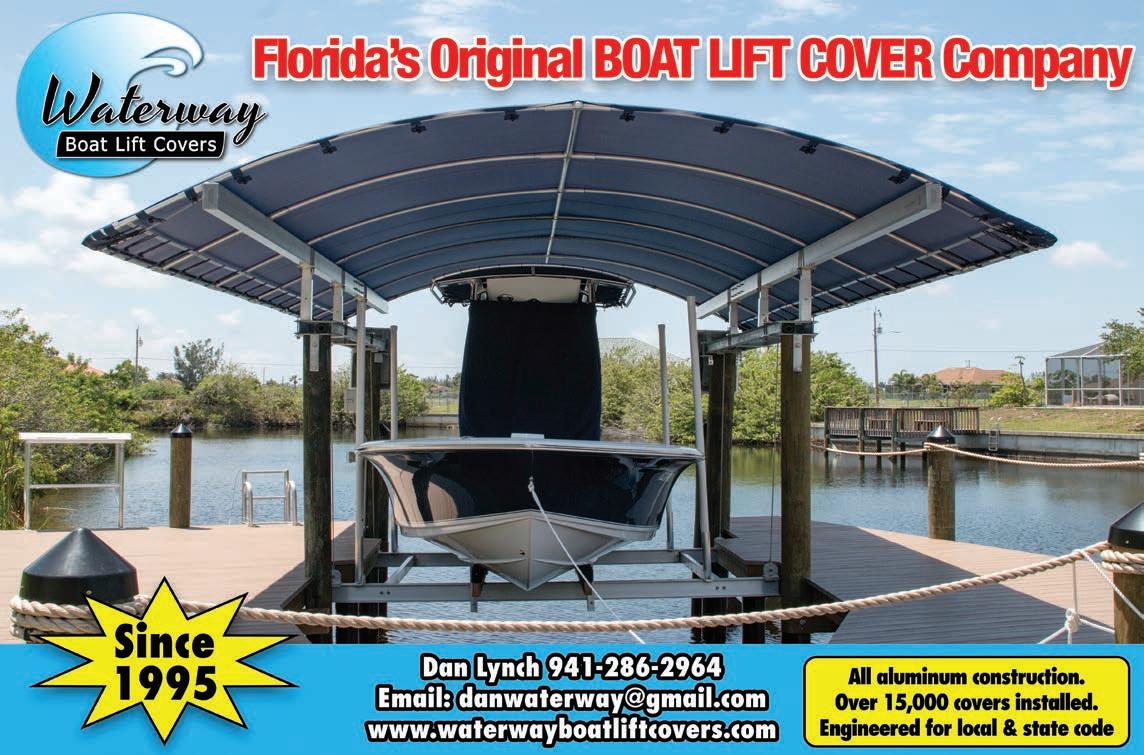
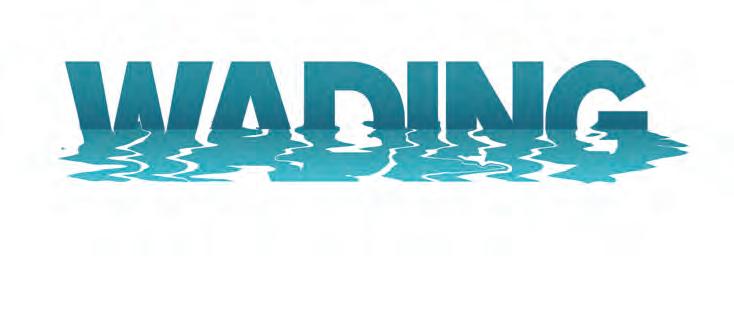
In my years of fshing the Indian River Lagoon, some of my best fshing has been wading.
Tere’s nothing like being in the water with the fsh. It provides advantages you don’t have in a boat. Wading is the most silent and efective way to fsh shallow water. Tere are lots of places you can access the lagoon, and all of them have fsh.
WADERS : You need a pair of chest waders because of the changing water quality, and you can get a good pair for less than $100. Waders protect you from underwater obstacles as well as cold or dirty water. In Florida, neoprene waders are too hot for most of the year. I prefer vinyl waders. If it’s cold, you can wear jogging pants under them.
Waders come with boots attached or sof shoe, which require rubber boots to wear over them. Make sure you don’t get the boot size too small. Wading boots can be very uncomfortable if they are too tight. Wear socks and get a larger boot.
GEAR: I recommend a good spinning reel with a 9- or 10-foot rod for longer casting. I use braided line because it’s strong and the smaller diameter of the line is better for casting. I use 6to 10-pound braid most of the time with 2-foot fuorocarbon leader. I use a 25-pound leader but have used 20- to 40-pound leaders in diferent situations. Carry extra leaders and lures in case your line breaks.
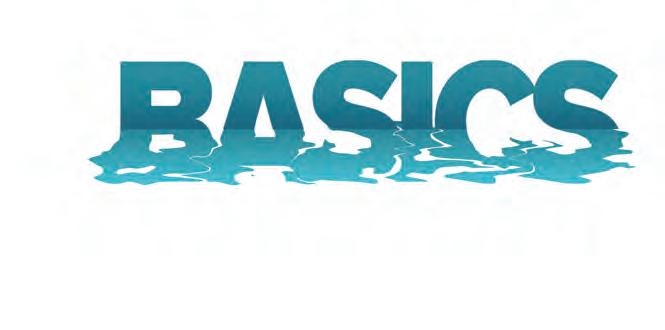
My main lures are search lures for making lots of casts and covering wide areas of water quickly. My favorite lure is a ¼-ounce jig with a sof-plastic body. I use D.O.A. jigs with a chartreuse head rigged with a pearl white paddletail (D.O.A. Shad Tail). It swims but is not erratic, and it’s easy for fsh to locate by sight and vibration. Te other search lures I use are shallow-running crankbaits (Yo-Zuri Inshore in pearl white), topwater lures (Skitterwalk/Zara Spook or Chug Plug), and spoons (Johnson silver or gold). Te jig covers shallow and deep water and can be skipped under piers and mangroves.
WIND: Too much wind, and it’s too hard to fsh. Not enough wind, and the fsh are hard to catch. It’s easier to fsh with the wind at your back because you can cast farther. To get the right wind, you can fsh either the east side or the west side of the lagoon. Most of the time there is an easterly wind. If it’s too windy, fsh around the Stuart bridges, which almost completely block the wind.
LOCATIONS: I wade the southern Indian River Lagoon from Sebastian to Jupiter, mostly between Fort Pierce and Stuart. Here are my favorite spots:
West Side—Walton Road (intersection with Indian River Rd) and Walton Scrub; Midway Road and Old Fort Park in Fort Pierce; and both Stuart Bridges.
There’s still a pompano bite on the beaches and in the lagoon. Jig from the bridges or wade while fan casting with jigs. Look for birds and bait to fnd bluefsh, jacks and ladyfsh. Snook will still be deep, but on warm days they will run the beach from the inlets and be around the deeper piers in the lagoon. Redfsh are around the deeper piers.
East Side—Bear Point then Blind Creek in Fort Pierce; North and South Herman’s Bay in St. Lucie; and both Stuart Bridges.
Richard L. Matteson is a long-time contributor to Coastal Angler Magazine who reports for the Stuart Rod and Reel Club.

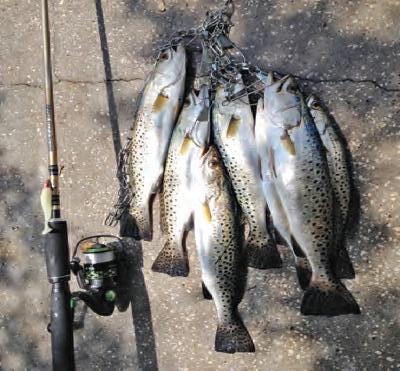
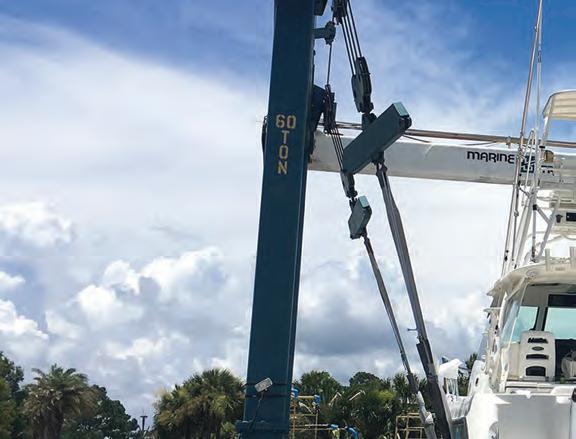





























Durable boat lifts expertly designed with Florida in mind.

ShoreStation hydraulic boat lifts are a reliable choice for coastal residents and boating enthusiasts alike. Their strong construction, made with corrosion-resistant materials, allows them to withstand harsh environmental conditions, including sun, storms, and saltwater damage. ShoreStation provides a steadfast solution for protecting waterfront investments, ofering peace of mind to owners in the Sunshine State.


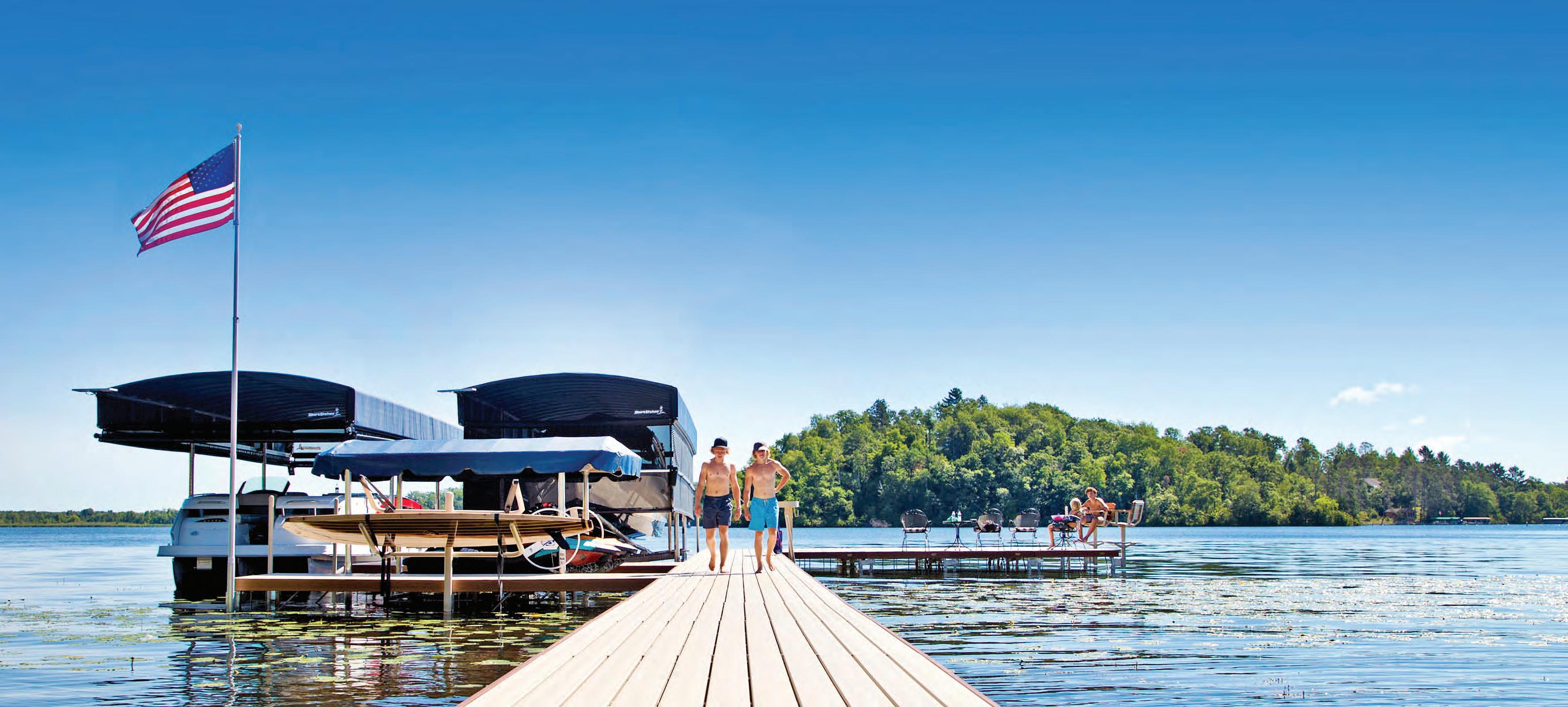
 No Profle Boat Lift
Four Piling Boat Lift
No Profle Boat Lift
Four Piling Boat Lift


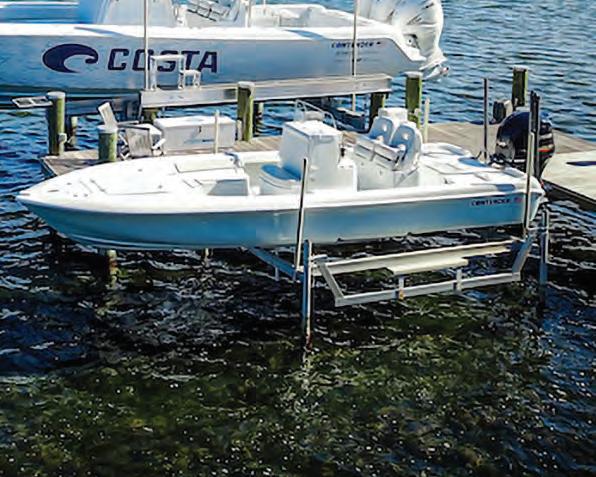
Equipped with exceptional weather resistant fabric and breathable SunTex 80 woven mesh ends for maximum protection and durability,

Made from the highest quality materials, our innovative hydraulic boat lift is one of the fastest and safest lifts on the market today. When you have a hydraulic lift, there’s no need to worry about wind and waves getting in your way. This lift will give you confdence to safely land and secure your boat in less-than-ideal conditions.
Never miss another moment on the water. Power your lift with clean, free solar power. Our speedy 20 watt charger features solar regulator drainage protection, saving your battery from permanent damage caused by overcharging.



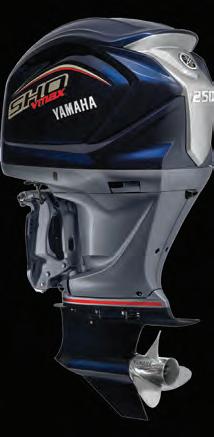

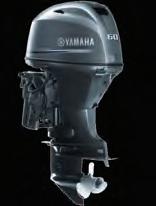





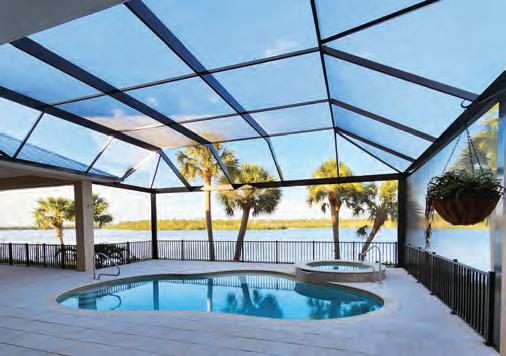


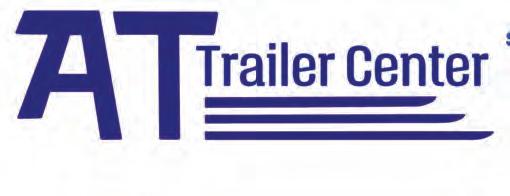



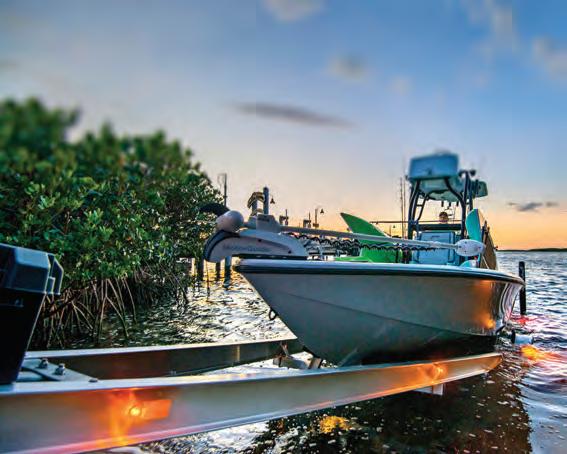
ORT CANAVERAL NEARSHORE: Cobia may still be a good possibility around the Canaveral waters this month if water temperatures stay in the lower 70-degree range. The spring run started last month, and usually runs through April. Large cobia style jigs, or live baits like pogies or croakers are great offerings to cast at these fish. Look for them freeswimming, following manta rays and turtles, or just hanging around weed patches and other debris floating on the surface. If possible, net the smaller fish to make sure they are legal to harvest instead of gaffing them. The new minimum size limit is 36 inches at the fork of the tail. That’s a pretty good-sized fish. If you gaff your fish and it only measures 35 inches or less, it has to go back in the water and will most likely die from the trauma of the gaff. Tripletail are another species to look for when searching for cobia. Tripletail are usually quite plentiful if weeds are present in our nearshore waters. Anglers can get them to strike live shrimp or small jigs on most days.

Snook are another species that Capt. Justin Ross and I target on our charters this month. Most of the snook we catch are trophy sized fish that measure well over the slot limit in most cases, but they are awesome catch and release targets, and a lot of fun to pull on. Live baits like croakers, shrimp, pilchards, sardines and menhaden usually get these fish to strike. If you are lucky enough to catch one within the slot limit, they are extremely tasty to eat.

Snook catches will be good in April when the weather cooperates. CAPT.
BANANA RIVER LAGOON: Anglers are hoping that more sea grass will return to the shallow flats in this body of water again this spring. Last spring we had a minor resurgence of grasses due to the restricted use of lawn fertilizers and herbicides that destroy it. We also had Caulerpa (which looks sort of like grass, but is actually an algae) that helped to stabilize some of the sediments that are usually stirred up by our late March and April winds. This led to some good springtime fishing for trout, black drum and redfish on the flats. The return of baitfish like glass minnows, pinfish, pigfish and fingerling mullet was notable, mainly because these small fish could use this vegetation for protection from predators. Crustaceans like shrimp and crabs benefited too. So, its vitally important that each and every one of us refrain from applying lawn fertilizers (a.k.a. Lagoon Poison) to our yards this spring in an effort to help save and continue the improvement of the Banana River Lagoon. I am asking people to take the money that they were going to spend on poisoning their lagoon waters with lawn fertilizers, and reinvest it into our lagoons by donating those funds to the Indian River Lagoon Clam Restoration Project (you can find more info at https://www. indianriverclamrestorationproject.org/support). This is a direct way that everyone can help to help clean up our lagoon waters. To date, this project has placed more than 25 million hatchery-raised clams back into the Banana and Indian River Lagoons. These clams are the internal filters that help to clean the nitrogen and other pollutants out of these waters that we love so much.

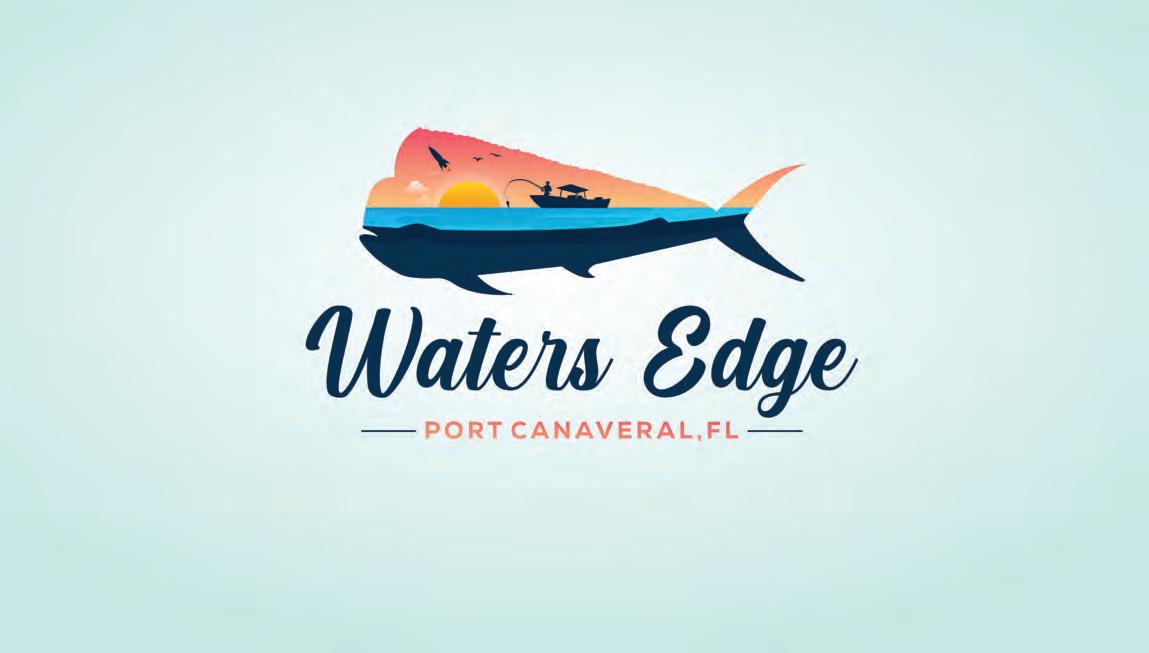



Hope everyone had fun cobia fishing last month. Continue to look around the 50/60 foot range for the rays and leatherbacks holding fish. Free swimmers should be abundant through April as well. If you find some type of color change, weed line or temp break in that depth, you’re golden. Buck tails and live bait will do the trick. If they won’t fire on the buck tail follow it up with a live bait of some sort. Cobia are not picky, so whatever you have will work. When using live bait, I use a 60 lb. leader from my 50 lb. braid to an 8/0 circle hook. This is also the time of year that they will come in very close. Don’t hesitate to start or end up in the 20 foot depth. Cover your ground.

been scarce to non-existent lately, but don’t worry... it’s almost here. Get yourself a good cast net; Tim Wade nets are what ya want. Get a little extra lead on it to sink it faster. Leave the “Wally World” net at home; that 4-footer just won’t cut it. We normally throw a 10/12 foot net.
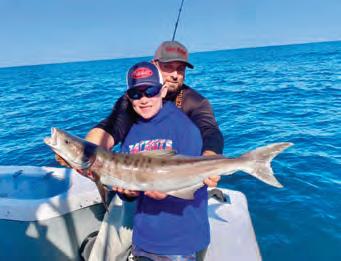
Kings will start showing up in better numbers this month. Live bait will be choice this time of year for the big ones that come back through. We were just on the tail end of the smaller fish migration. Soon the 30-pounders will start showing more consistently. Fish your local reefs and any structures that hold bait. Ship wrecks and any other structures work great. You can also sabiki these structures for baits.
Soon you will start seeing the bait pods show up. The water is warming up and the fishing will only get better. Start looking for birds and flipping pogies. It’s

Bottom fishing for grouper and throwback reds is gonna be good. (check your local regs). Use live bait with 3-ways and knocker rigs (whatever works best for you), 80/100-lb. leaders, and 8/0-10/0 hooks. I believe you’re supposed to have circle hooks now in fed waters so, again, check the regs.
To keep the kids busy you can chicken rig all the reefs for triggers and the mighty sea bass. Use squid and small chunk baits. Triggers tend to hang a little higher off the bottom so once it hits crank it up a few feet. Mahi are close by so get that gear ready. I will touch base on that in May’s issue. Good luck! See you out there...
CAPT. CHRIS CAMERON
Fired Up Fishing Charters firedupcharters.com sharkfishingcocoabeach.com (407) 222-3573


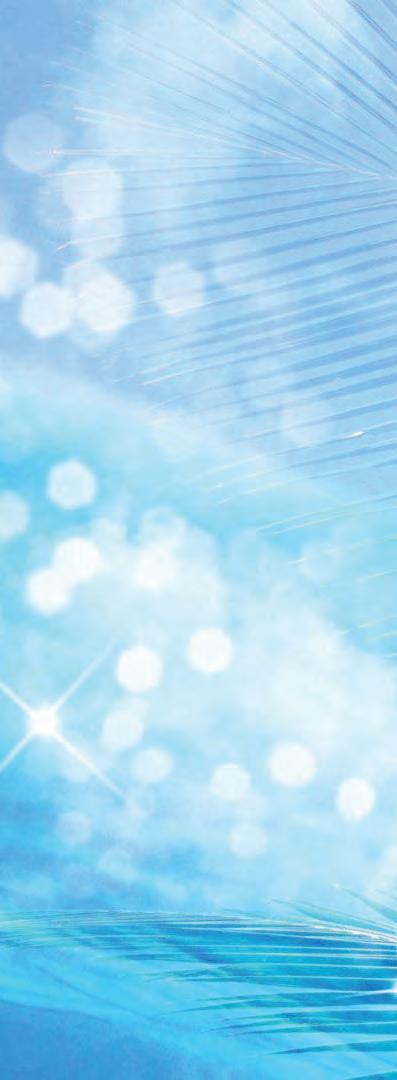


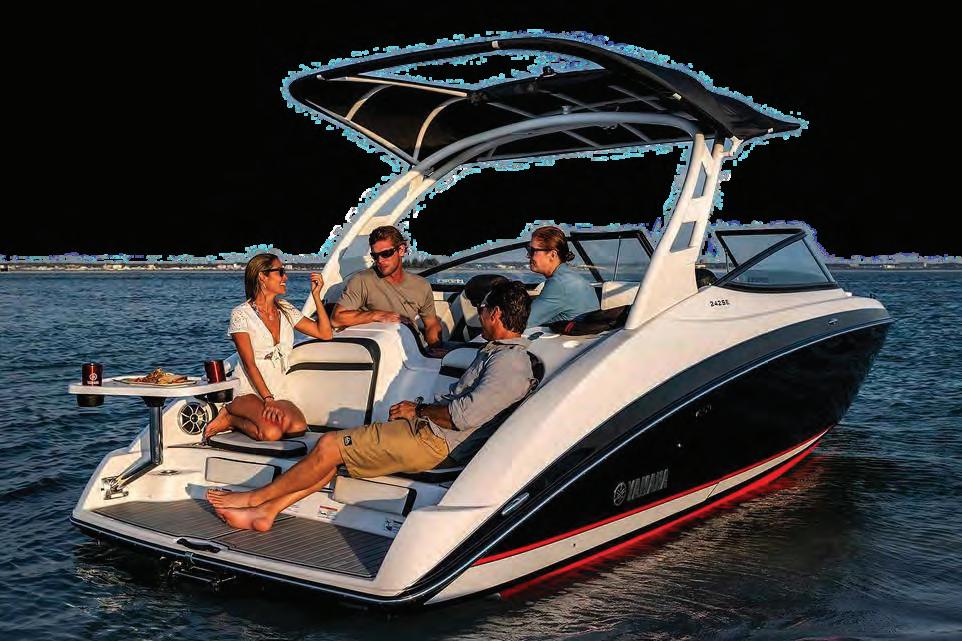









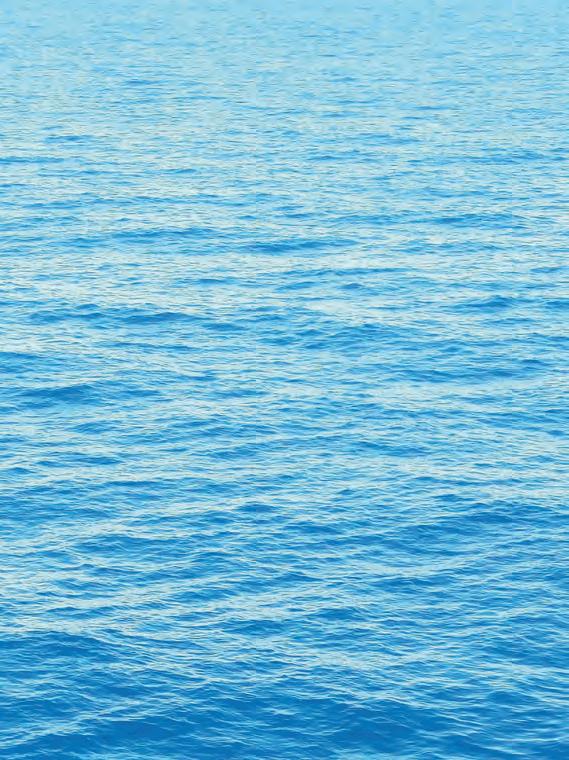

March was a good month, but the snook and redfish in Sebastian Inlet haven’t been around too much. Hopefully the April weather is consistent and warm so the snook and redfish will be a bit more active. We have been getting some bait moving into the lagoon, so I’m predicting the inshore fishing will be great in April for big trout, snook and reds.
The snook, tarpon and sharks will be plentiful in the Sebastian River, Turkey Creek in Palm Bay and Crane Creek and Ballard Park in Melbourne. I like to fish Rapala’s Subsurface baits as well as Storm GT360’s Coastal Shrimp, jerk baits and paddle tail baits. Live shrimp and mullet are great live baits to use. Fish the rolling tarpon in both forks of the river early in the moring and and pick apart the shorelines and docks for snook. The sharks will eat live and dead baits in the lower river between the railroad and U.S. 1 bridges and around the powerlines.
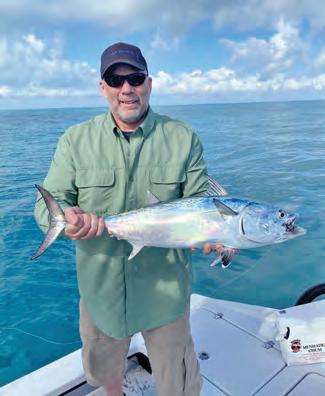
Fish the spoil islands in the lagoon from Palm Bay to Sebastian for snook, trout, redfish jacks and flounder. I like to fish the Rapala Skitter Walk early mornings for the topwater bite then move to subsurface baits as the sun comes up. Fish the edges of the bait pods along the mangrove shorelines for the same species.
The big jack crevalle that station themselves in the inlet’s swift current and along the beaches will be looking for a meal to float by. Live pigfish or pinfish are the best bait most days. I also have consistent success with big Storm Coastal paddle tail baits rigged on heavy jigheads. Nightime is when the snook and redfish are more active on artificial baits such as bucktails, jigs, soft plastics and diving plugs for anglers fishing from the rocks or jetties.
Tarpon, jacks, bonito, sharks, mackerel and cobia can be along the beaches from Sebastian to Melbourne in April and can be caught from a boat and from the beach as well. Rapala hard baits and soft baits from Storm, Hogy and D.O.A. all are very productive. Live mullet, greenies and pogies will also work well.


DAY TIME HEIGHT
1M 2:12 AM 2.08 H
7:50 AM 0.54 L
2:10 PM 1.94 H
8:18 PM 0.11 L
2TU 3:17 AM 2.05 H
9:00 AM 0.54 L
3:21 PM 1.95 H
9:31 PM 0.1 L
3W 4:25 AM 2.1 H
10:13 AM 0.44 L
4:38 PM 2.05 H
10:42 PM 0.04 L
4TH 5:31 AM 2.22 H
11:19 AM 0.23 L
5:50 PM 2.24 H
11:46 PM -0.08 L
5F 6:29 AM 2.38 H
12:17 PM -0.02 L
6:54 PM 2.48 H
6SA 12:44 AM -0.2 L
7:22 AM 2.55 H
1:10 PM -0.29 L
7:50 PM 2.71 H
7SU 1:38 AM -0.29 L
8:11 AM 2.68 H
2:00 PM -0.51 L
8:43 PM 2.89 H
8M 2:28 AM -0.33 L
8:59 AM 2.76 H
2:48 PM -0.66 L
9:33 PM 2.99 H
9TU 3:18 AM -0.32 L
9:45 AM 2.78 H
3:36 PM -0.7 L
10:22 PM 2.99 H
10W 4:06 AM -0.24 L
10:31 AM 2.73 H
4:24 PM -0.65 L
11:10 PM 2.9 H

11TH 4:54 AM -0.11 L
11:18 AM 2.62 H
5:13 PM -0.5 L
11:59 PM 2.73 H
12F 5:44 AM 0.06 L
12:06 PM 2.46 H
6:05 PM -0.3 L
13SA 12:50 AM 2.52 H
6:37 AM 0.24 L
12:56 PM 2.29 H
7:00 PM -0.08 L
14SU 1:43 AM 2.32 H
7:35 AM 0.41 L
1:51 PM 2.12 H
8:01 PM 0.13 L
15M 2:42 AM 2.14 H
8:39 AM 0.53 L
2:52 PM 1.99 H
9:07 PM 0.27 L
16TU 3:44 AM 2.04 H
9:46 AM 0.57 L
3:59 PM 1.93 H
10:11 PM 0.35 L
17W 4:46 AM 2 H
10:47 AM 0.53 L
5:05 PM 1.94 H
11:10 PM 0.37 L
18TH 5:42 AM 2.03 H
11:41 AM 0.44 L
6:04 PM 2.02 H
19F 12:02 AM 0.35 L
6:29 AM 2.09 H
12:26 PM 0.31 L
6:54 PM 2.13 H
20SA 12:47 AM 0.31 L
7:11 AM 2.16 H
1:07 PM 0.19 L
7:37 PM 2.25 H
21SU 1:28 AM 0.27 L
7:49 AM 2.22 H
1:43 PM 0.07 L
8:17 PM 2.37 H
PONCE INLET
PATRICK AF BASE
High -64 min / Low -38 min
CAPE CANAVERAL
High -66 min / Low -44 min
CANOVA BEACH
TIME OFFSET
High -53 min / Low -26 min
HEIGHT OFFSET
*1.49 ft / Low *1.5 ft
22M 2:06 AM 0.23 L
8:25 AM 2.27 H
2:18 PM -0.02 L
8:55 PM 2.46 H
23TU 2:42 AM 0.21 L
9:02 AM 2.3 H
2:51 PM -0.08 L
9:33 PM 2.51 H
24W 3:17 AM 0.21 L
9:38 AM 2.3 H
3:25 PM -0.11 L
10:11 PM 2.52 H
25TH 3:51 AM 0.24 L
10:14 AM 2.27 H
3:59 PM -0.12 L
10:50 PM 2.5 H
26F 4:27 AM 0.28 L
10:51 AM 2.23 H
4:36 PM -0.11 L
11:31 PM 2.45 H
27SA 5:05 AM 0.34 L
11:30 AM 2.19 H
5:17 PM -0.07 L
28SU 12:15 AM 2.38 H
5:48 AM 0.41 L
12:13 PM 2.14 H
6:04 PM -0.01 L
29M 1:04 AM 2.31 H
6:39 AM 0.46 L
1:04 PM 2.1 H
6:59 PM 0.06 L
30TU 1:58 AM 2.25 H
7:39 AM 0.48 L
2:05 PM 2.08 H
8:04 PM 0.12 L
SEBASTIAN INLET
TIME OFFSET
High -48 min / Low -24 min
HEIGHT OFFSET
*.93 ft / Low *1.0 ft
SEBASTIAN (IRL)
TIME OFFSET
High 92 min / Low 156 min
HEIGHT OFFSET High *.15 ft / Low *.5 ft




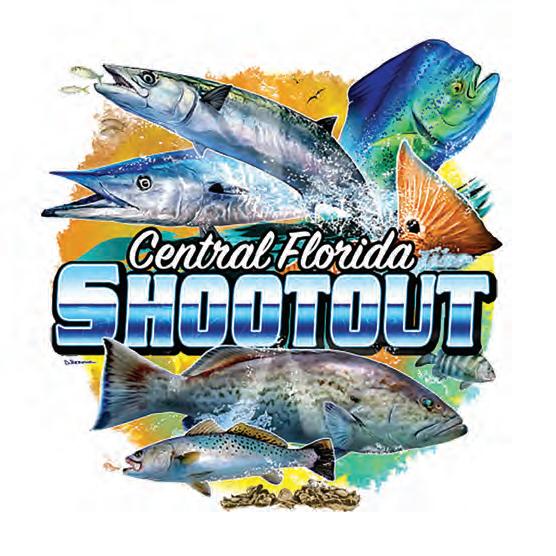
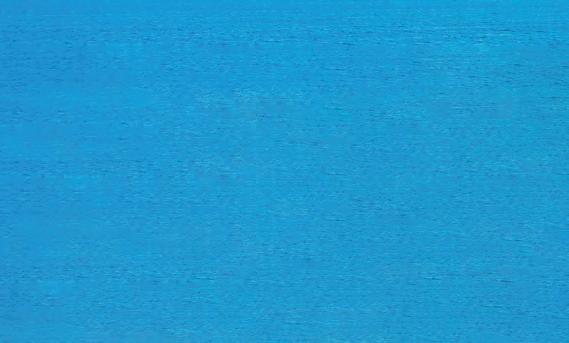


Spring surf fishing on the Space Coast equates to big catches of pompano, whiting, flounder and sharks. Pompano infiltrate local area waters as they make their way back north for the summertime. Meanwhile, look for whiting on the inside trough or second trough as they peruse the surf for crustaceans. In addition, we’ll see flounder ambushing bait in the first trough near Patrick Air Force Base south to Sebastian Inlet. Furthermore, the Blacktip shark run is in full swing! For those interested in catching these strong, acrobatic species from the beach, April is a great month.
“Pompano on Parade” as we circle back to the spring run which can provide great spurts of schooling fish. The key to finding and staying on these schools of pompano will directly relate to water temperature and clarity. With that being said, pompano prefer water temps ranging from 66-74 degrees. Not only do they prefer specific water temps, but water clarity holds the key for getting on the bite. Shades of green and blue, Caribbean sea colors, make for the most probable scenario.
Catching pompano in the surf can be tricky for most anglers, regardless of their experience. Pompano are simply one tough species because of their patterns to move and cover so much ground. There one day and gone the next! “Should of been here yesterday,” pompano stories are enough to drive one crazy. But we’re here to inform and guide you to pompano success. If you’re still not having the pompano fortune you desire, simply read these articles and/or contact us to book a trip or lesson.
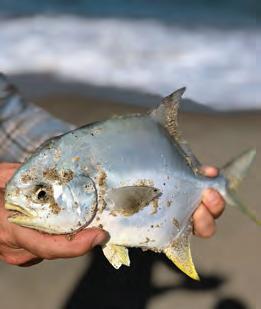
Fishing for the much desired pompano will indirectly lead to decent bycatches of whiting, black drum and bluefish without the predetermined effort. Pompano rigs with chartreuse floats and pearl colored beads make a great combination in the spring! In addition, Fishbites electric chicken crab scent is highly recommended in tipping your pompano rigs. The combination of Fishbites paired with live sand fleas, fresh shrimp and clams will produce the knockout punch you’re looking for.
Lastly, the flounder run kicks off in the spring months from March through May. Using artificial lures such as swim baits, buck tails and diving plugs produce ocean-roaming flounder year after year. The excitement of casting lures with light-to-medium action rods make for a fun and exciting surf fishing adventure. Consider working artificial lures or live baits close to the shore in the first and second trough in order to target these camouflage ambush predators.
You can’t any of these fish at home, so hit the surf during this pristine time of year!
CAPT. LUKAS BRICKWEG
Cocoa Beach Surf Fishing Charters cocoabeachsurffishingcharters.com (321) 205-4672

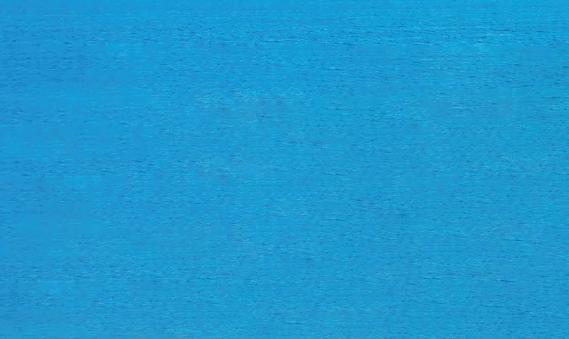


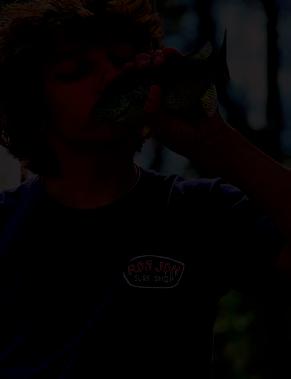

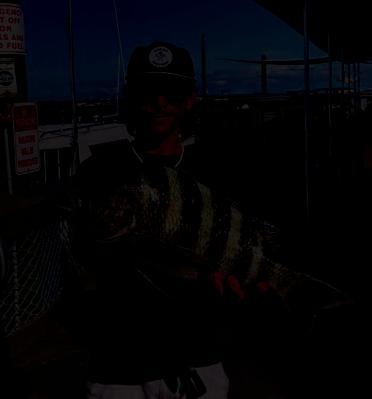







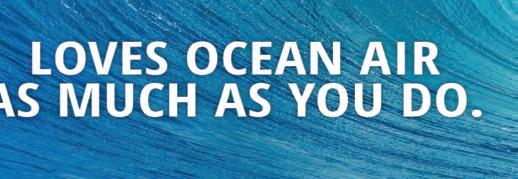







With 16-Inch & 12-Inch Heavy Duty Beach Wheels, Custom Axle Kits & Pompano Rigs!
16-INCH:
$129.99/Pair with Bushings
$169.99/Pair with Bearings
12-INCH:
$119.99/Pair w/Bushings

$159.99/Pair w/Bearings
• Fits 3/4 Axles
• 350 lb. Weight Capacity Per Pair
• Stainless Steel Needle Roller Bearings

We Sell 3/4 In. Solid Aluminum Axle Kits for $34.99!
The second season of the Florida Fish and Wildlife Conservation Commission’s Triple Treat Trowdown runs from March 1 to Sept. 29, and Triple Treat Club members have a chance to win an awesome fshing kayak bundle valued at more than $4,500.

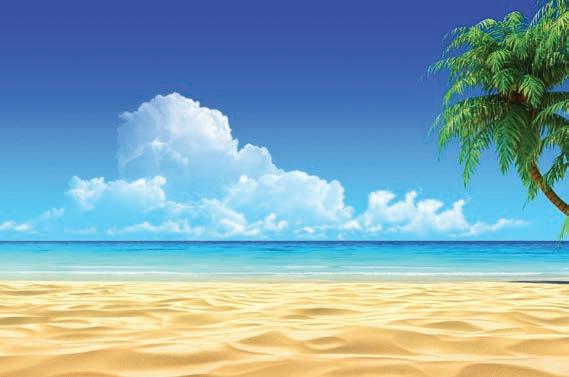
779.770.2100
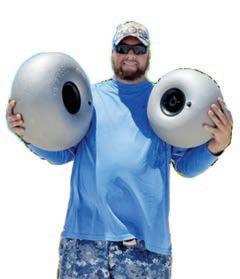




Te Trowdown is a part of FWC’s Catch a Florida Memory, which is intended to enhance and increase participation in saltwater fshing. Te Triple Treat Club is for anglers who have achieved all three of Catch a Florida Memory’s recognition programs: Saltwater Grand Slam, Saltwater Reel Big Fish and Saltwater Life List 10 Fish Club. Anglers who reach Triple Treat Club status will be entered into a drawing for the kayak bundle afer the Trowdown season ends on Sept. 29. Anglers who are already in the Triple Treat Club will receive a drawing entry for each new recognition they earn during the challenge period.
“Building of of last year’s successful season, we are excited to announce Season 2 of Catch a Florida Memory’s Triple Treat Trowdown with an even bigger prize from our generous sponsors,” said Jessica McCawley, director of Marine Fisheries Management. “We encourage anglers to get out on the water, make Florida memories and help conserve fsheries by targeting a diversity of species.”
One lucky angler will be randomly drawn to win a top-of-the-line kayak fshing bundle valued at over $4,500. Tis bundle includes a Bonafde P127 kayak, a premium Mustad fshing gear bundle and kayak safety kit. Te award is made possible by Bonafde, Mustad and Russ Vorhis Insurance AgencyState Farm.
Find out how to qualify for the drawing at CatchaFloridaMemory.com.
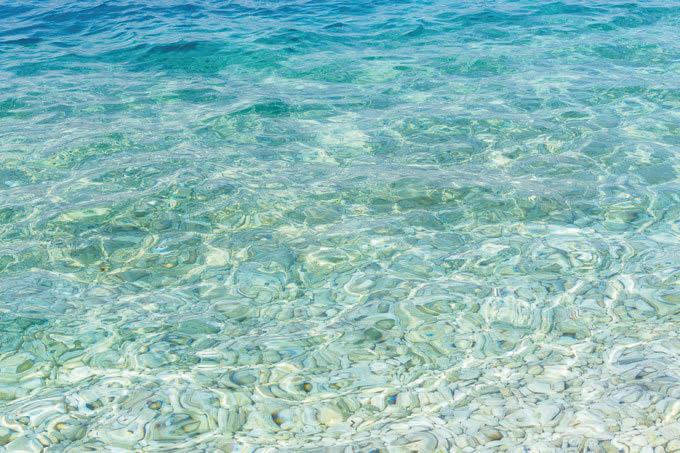

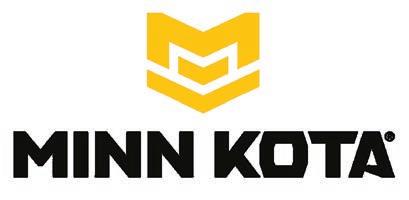


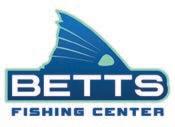

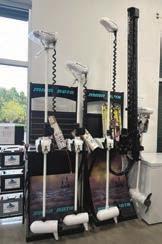

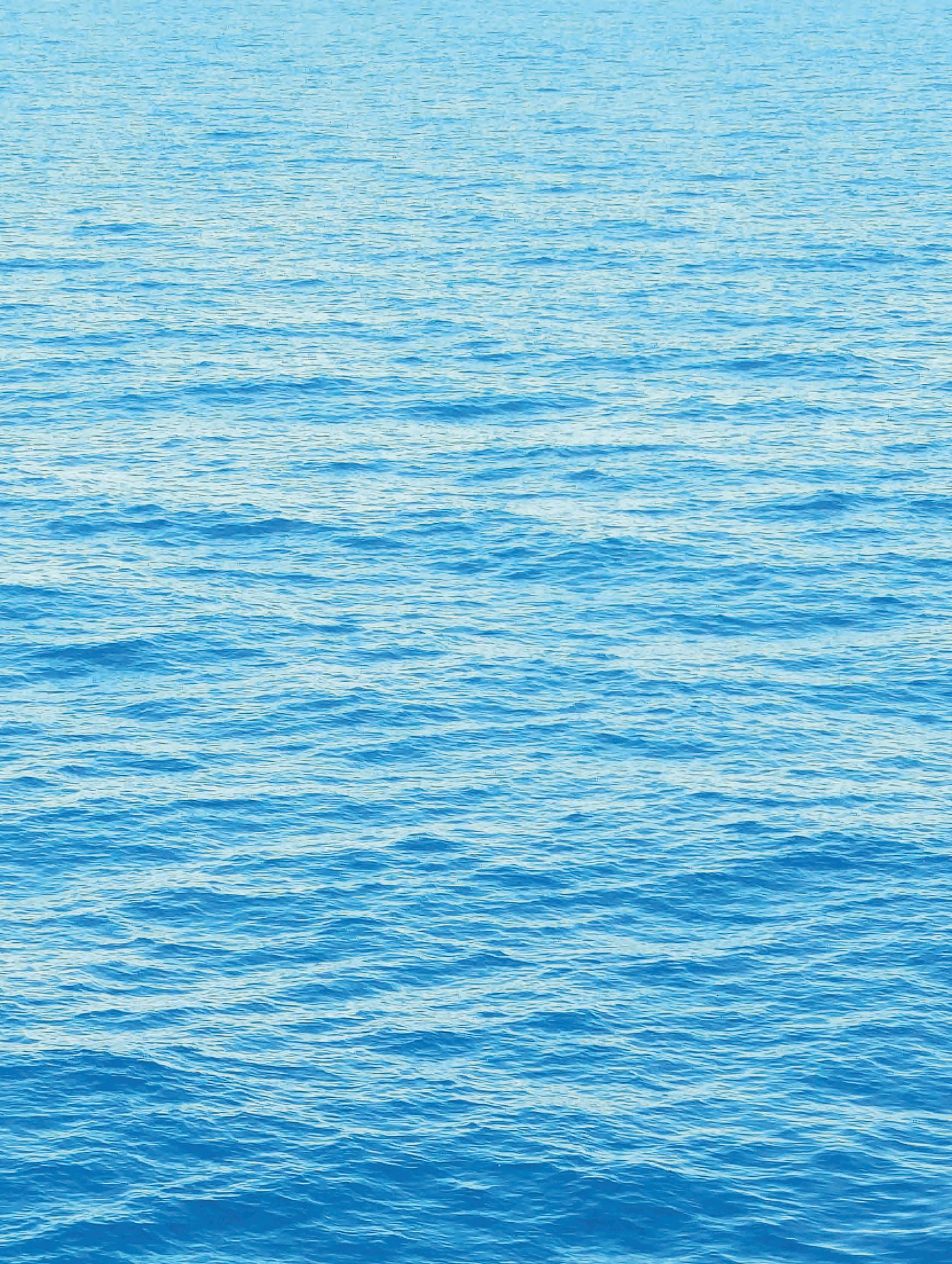




















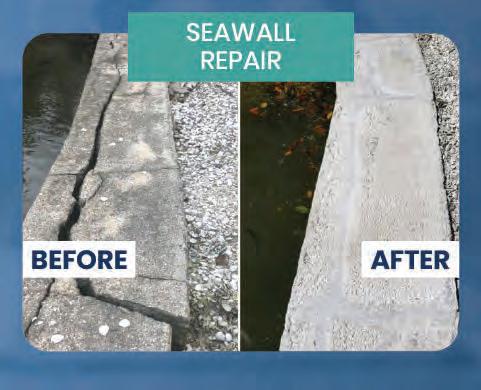




1.
2.
3.
4.
5.






SPRING fiSHING CLASSIC EVENT SAVE UP TO $4,000
SPRING fiSHING CLASSIC EVENT SAVE UP TO $4,000



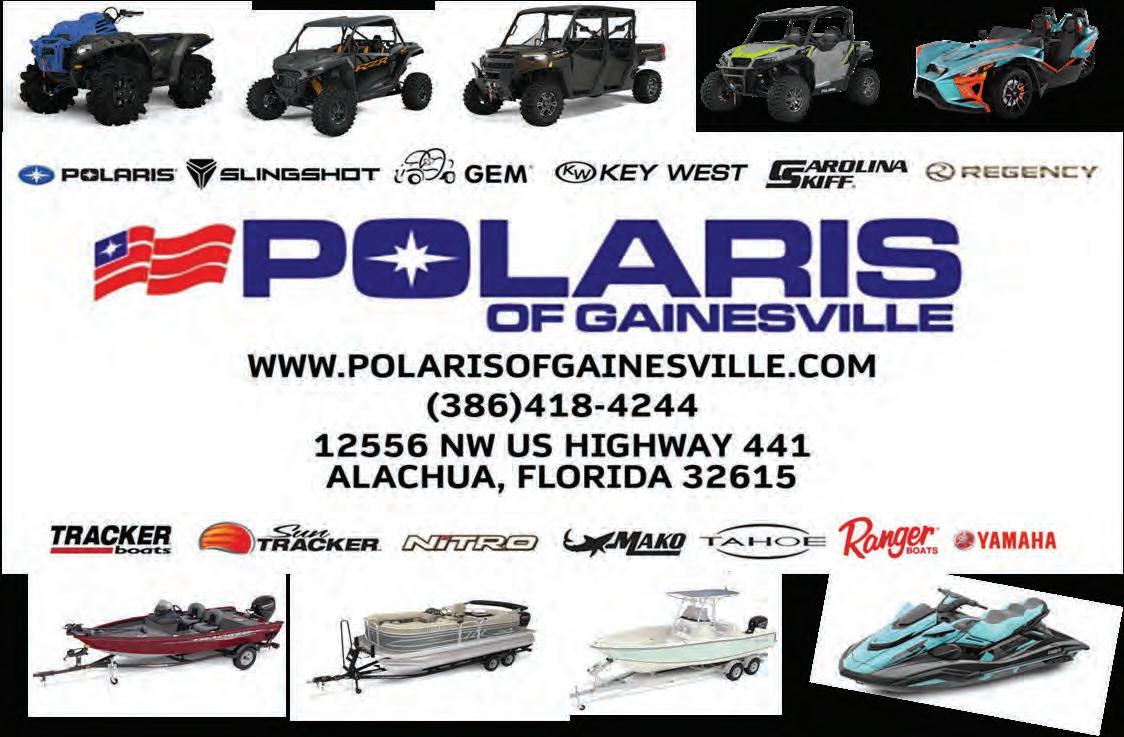
ENDS MARCH 27TH, 2024
ENDS MARCH 27TH, 2024

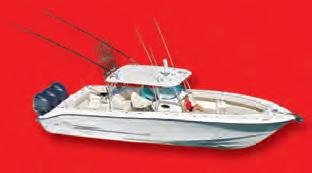


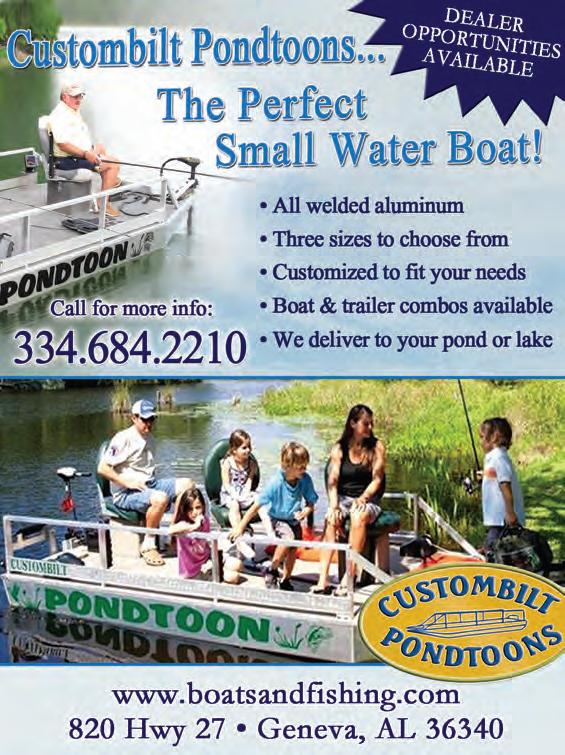

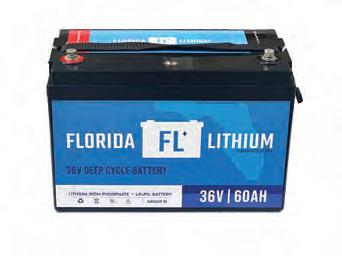
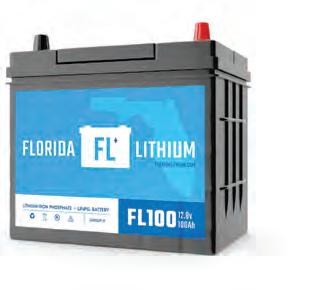
While working for his father’s transformer company, Deltona Transformers, in the 80s, Mike Prelec Sr. identifed an opportunity to provide a smarter battery charging solution to the bass fshing industry. Subsequently, Mike Sr. and the engineers at Deltran designed and built the global brand Deltran BatteryTender®, a leader in battery chargers and accessories.


Fast forward 40 years, and Mike Sr. parlayed his experience with electronics to test and scrutinize a new generation of high-quality, fast-charging lithium batteries. Mike established a central Florida test lab and began ordering samples from several overseas manufacturers. Even the platinumtier manufacturers provided varying quality in components, cells, boards and overall inconsistent construction. Several years later, with a select group of top-tier vendors, Florida Lithium was launched to provide bestin-class deep cycle-dual purpose (800 cranking amps) LifePO4 batteries that meet or exceed all Mercury requirements for lithium batteries. Today, Florida Lithium’s product line ranges from 12V, 36V and 48V batteries, providing versatile options for cranking, house electronics, or trolling motor applications. Teir DeLand warehouse is available for pickups Monday through Friday (by appointment only), and they ofer shipping nationwide. Florida Lithium also provides batteries and accessories to marine dealers, boat builders and marine service/repair shops throughout the Southeast.
Tere is no doubt you can fnd cheap lithium batteries on Amazon or other marketplaces, but when push comes to shove, some of those poorly constructed batteries will fail, leaving you with a very expensive paperweight and the inability to get anyone (stateside) on the phone. Florida Lithium’s customer support team actually speaks English, and in the event you reach their voicemail, a member of the team will respond in a timely manner.
Florida Lithium is proud to provide Florida-based customer service and technical support, coupled with a no-nonsense fx, repair or replace warranty. Lead-acid batteries are quickly becoming a thing of the past. If you are looking for a powerful, lightweight and reliable battery upgrade, Florida Lithium has you covered. Teir team is made up of Florida-based boaters and fsherman, and they understand what’s required to maximize your on-the-water experience.
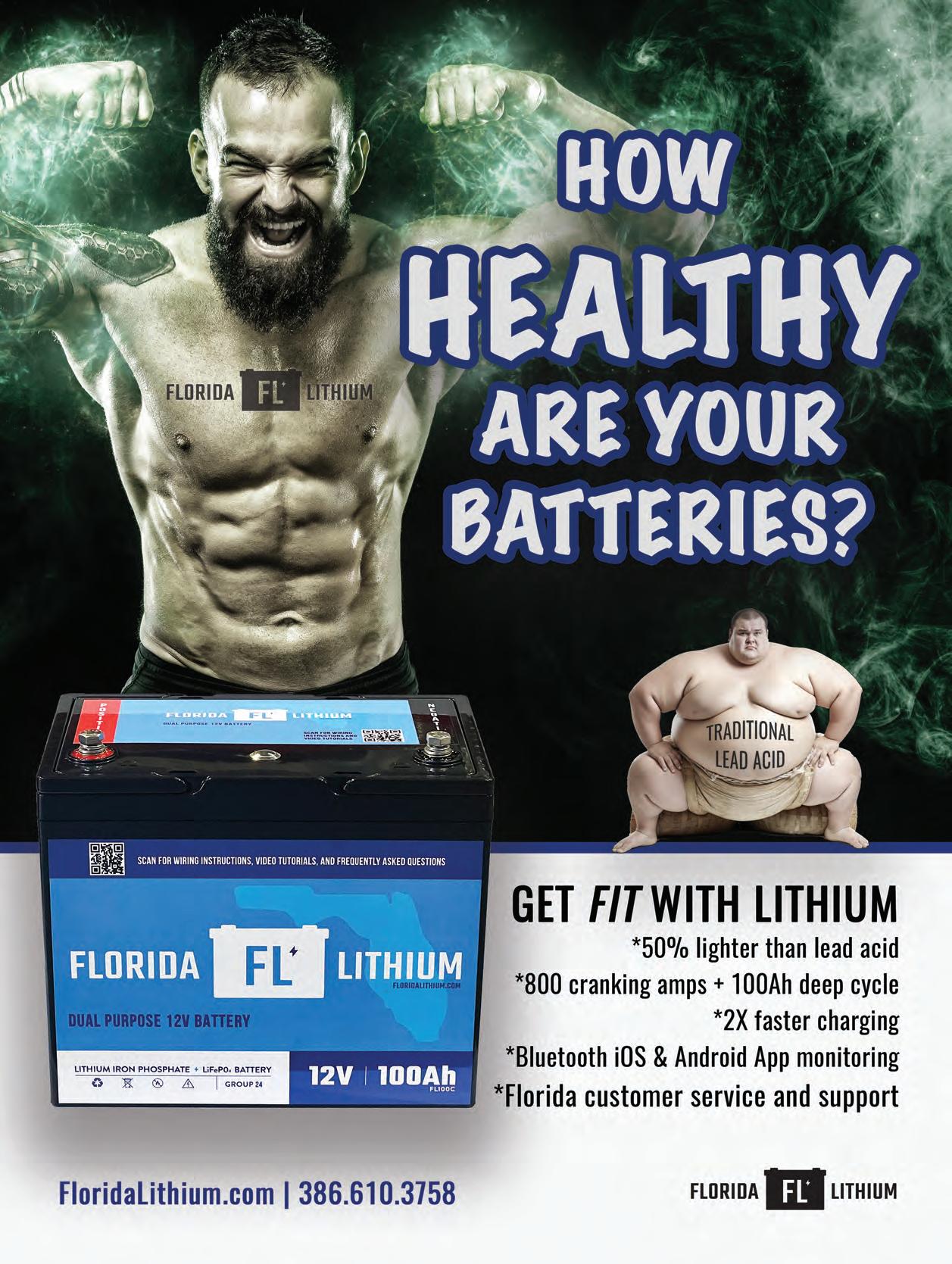

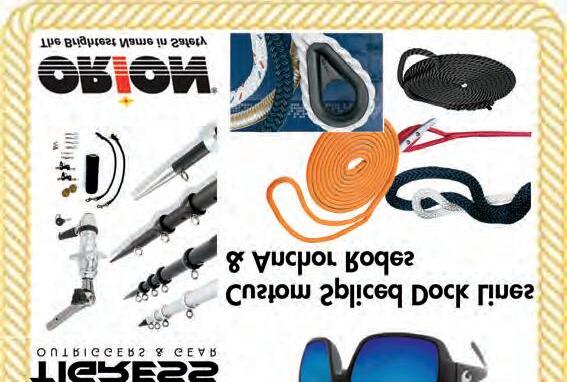
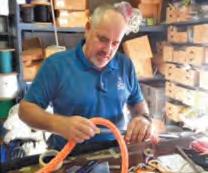

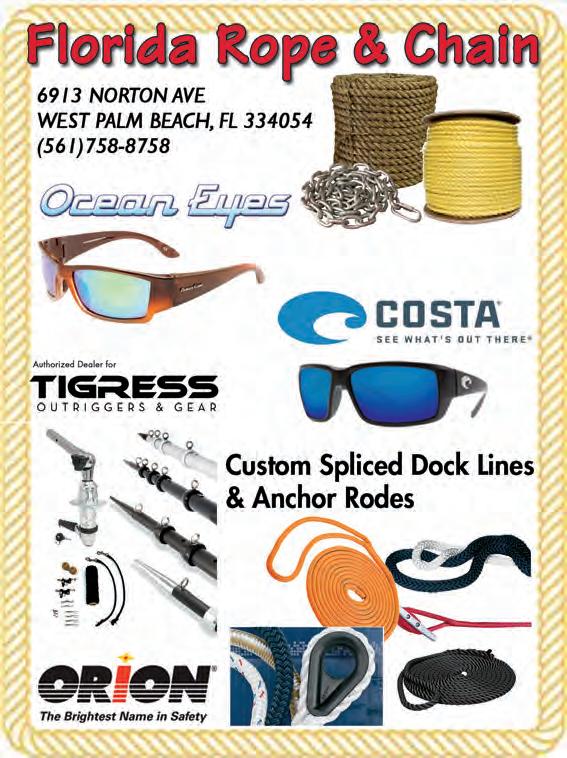
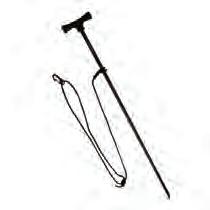 By Scott Goodman
By Scott Goodman




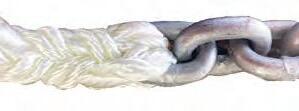

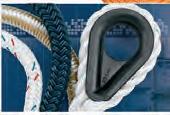
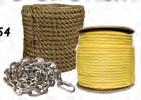
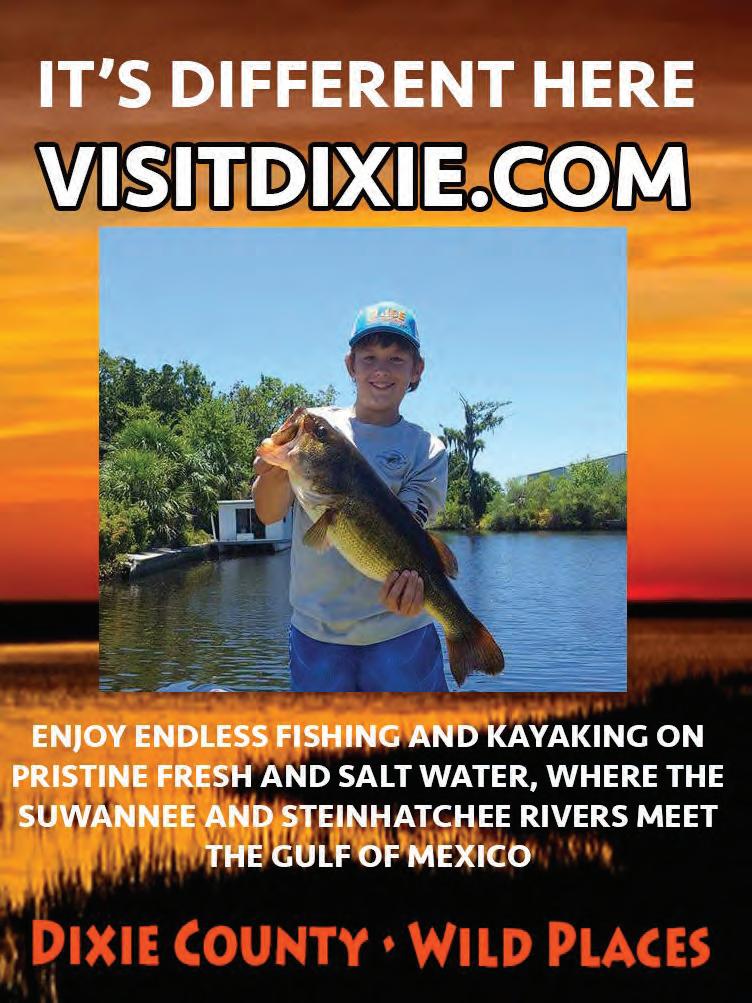

Jimmy Johnson’s Quest for the Ring Championship Fishing Week is an annual South Florida event that is renowned for a guaranteed milliondollar-plus purse. It’s the largest guaranteed prize for fshing in the world, so far as we are aware. Te “real prize” is the chance for one team to win diamond-studded Super Bowl-caliber rings that rival any awarded by the NFL.
Te event’s namesake is, of course, legendary Hall of Fame football coach Jimmy Johnson, who is now a fxture in the South Florida fshing community. I had a chance to sit down with Coach to pick his brain about the tournament.
Johnson grew up on the Gulf Coast of Texas and loved saltwater from the get-go. “Daddy had a little14 foot wooden boat in Galveston,” he recalled. Johnson fshed as a child and developed a passion during his time as head coach of the Dallas Cowboys.
“I liked to get out in the boat early and fsh by myself,” he said. “I found fshing to be so peaceful as opposed to the stress of coaching pro football. I just love it. I have caught and released fve blue marlin by myself… but my favorite fsh is the wahoo because they just scream. I’ll fast troll with lures or slow troll with a ballyhoo and a cigar weight.”
Coach Johnson’s tournament started as a local Florida Keys event.
“Well, it started as a small tournament in the Keys centered around my restaurant, Jimmy Johnson’s Big Chill,” he said. “Since bringing on the crew at Fish Hard Events, it has become the enormous experience it is today.”
Jimmy Johnson’s Quest for the Ring Championship Fishing Week, or JJFISHWEEK, includes the main event, the two-day Catch & Release ‘Quest for the Ring’ Championship, featuring a $1 million guaranteed purse; JJ’s National Sportfsh Tournament, for the meat fsh afcionados; and the inviteonly Hard Rock Invitational.
Tis year’s JJFISHWEEK concluded March 9 with an awards ceremony at Seminole Hard Rock Hotel & Casino in Hollywood, Fla. Coveted championship rings were awarded to Owner Sandra MacMillan, Capt. John Louis Dudas and Team Sandman, aboard a 63-foot Spencer, which earned them a cool $300,000. Tis marks Sandman’s third championship, having clinched the title in 2018 and 2020.
Obviously, the money and fshing are big-time, but Johnson likes how the event engages the fshing community and gives back. Tis year’s event raised more than $100,000 for the CI Foundation, which will be gifed to its charitable benefciaries.
“I love the people that it brings together,” he said. “We also have a number of charities that we support. My son has the Tranquil Shores Foundation, which is a drug and alcohol abuse center. He’s got a foundation for people who can’t aford treatment.”
Te next stop for Jimmy Johnson’s Quest for the Ring is an inaugural Atlantic City, New Jersey tournament July 14-20. Next year’s Florida event is slated for March 4-8, 2025. For more information JJFishWeek.com.
Scott Goodman is Co-publisher of Coastal Angler Magazine/Miami.

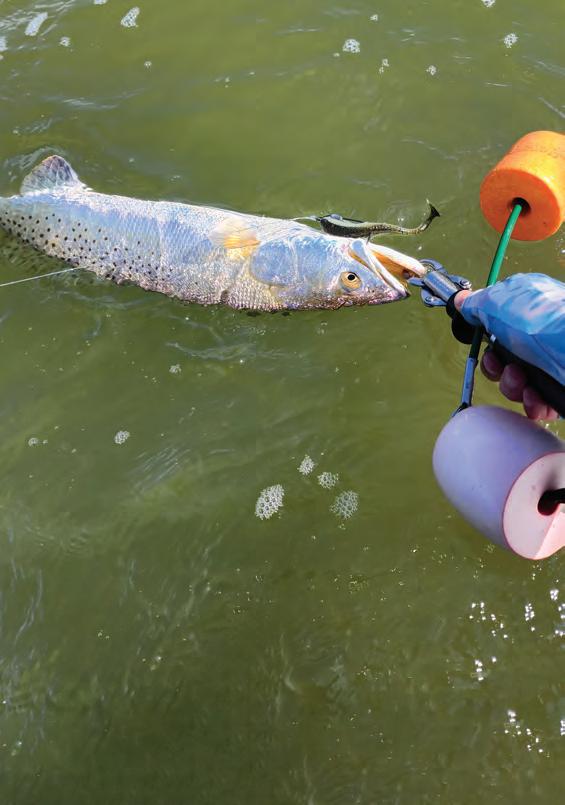
As the seasons change, so should your fshing locations and tactics. In my quest to target larger trout and reds, I modify my approach slightly versus what I have been doing for the past three or four months. However, depending on the weather, spring can be a tricky time to fnd solid and repeatable patterns. With the water temperature swings, the fsh begin to move from winter to spring areas. But a slight cold front will send them right back to their winter patterns, and it will keep you on your toes.
Te frst major transition is from mud to a frmer sand bottom. In my area, the prominent structure will still be grass, but the base sediment will change. If your area structure is shell or rocks, you will still want to fnd harder sand. According to biologists, the primary reason for this is the winter forage, primarily mullet, fnd their food source in the mud during the colder months. We all know fsh follow the bait, and that is why we target trout and reds on sofer bottoms in the winter. As the water warms, the next generation of perch shrimp and other species hatch and will be found in structure with a frm bottom. In my area, that will be grass.
Now that we know where to fsh, let’s cover the how. In spring, staying tight to the cover is important. It is imperative for juvenile forage to stay in tight schools and intermingled in the structure for survival. Keeping your lure near the grass, shell, or wherever you are fshing will be critical to success. I target the borders where sand and grass meet. Each area will vary depending on if it is predominantly sand or grass. If it is mostly grass, I concentrate my eforts casting into the grass and working my lure into the sand, paying attention to the edge and giving the fsh time to fnd my lure at that intersection. On the other hand, if it is mostly sand, I will target the grass patches and once again the edge.
Spring allows us to utilize a wide range of lures. Sof plastics danced along the bottom or topwaters skated across the surface can both be efective, depending on the mood of the fsh. Tis will be determined by water temp and the passing of late-season cool fronts.
Whatever lure you decide to use, concentrate on the edges of the available cover to increase your odds of having a productive day. As always, take a kid fshing; you just might learn something.
Capt. Michael Okruhlik is the inventor of Knockin Tail Lures®, and the owner of www.MyCoastOutdoors.com.





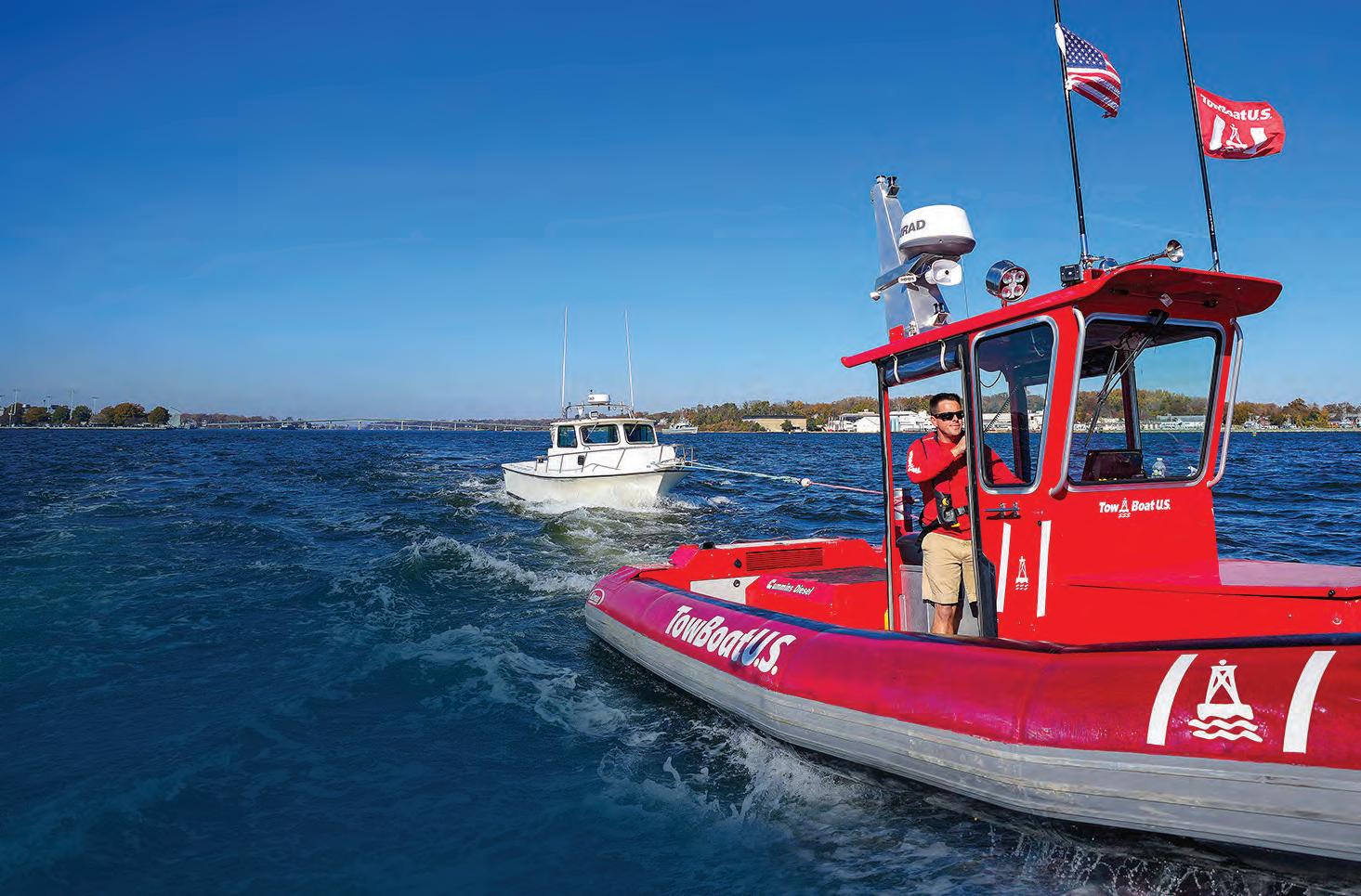
Spring is one of my favorite times of year for many species on the inshore menu, including red drum, snook and trout. I usually fsh at night for several reasons including my “day job,” which keeps me occupied for a vast majority of daylight hours. I guess I could become a weekend warrior, but I’ve noticed the best weather typically doesn’t occur on weekends. Tere’s an old saying that goes something like this: “You know what happens afer two days of really crappy weather?”
“MONDAY!”
All joking aside, I believe the best bite for older, wiser, heavily pressured fsh is at night. Tey’re a little more at ease afer the sun goes down and the boat trafc lets up. Tis is when the big girls let their guard down and come back into shallower water to feed. Wherever you fnd shrimp and small mullet along the edges is a good place to take advantage of aggressively feeding redfsh, trout or snook afer dark. Te patterns are similar for all of them.
Just before dark is a good time to get situated to the rising or falling tide and the water clarity, which might be afected by

frequent rains this time of year. Get used to your surroundings and how fast the current is running. Keep the lights low, and allow your night vision to kick in as darkness settles.
Music on the boat is fun, but this is a situation when you’ll want to be quiet. Don’t play the radio loud or stomp around on the deck. Close your coolers and hatches quietly. Try not to talk are laugh too loud. Sound travels extremely well in the water, and when the rest of the world is quiet, the noise you make is even more startling to the fsh.

I don’t even use “spot lock” on the trolling motor at night in shallow water. I think fsh have learned to associate the sound of trolling motors with the presence of a boats and humans… just saying. Make your own choice here.
Color selection is a very important at night. Dark colors, especially with shrimp lures, work better at night, especially when there is a bright moon. It might sound crazy, but dark colors are silhouetted by the moonlight and are easier for fsh to see. Dark brown, purple and black can be extremely hot on nights with a full or nearly full moon.
I’m partial to shrimp imitations, and a lot of times I’ll suspend one under a glowin-the-dark cork for night fshing. Tat cork carries it along perfectly with the current and you can keep your eyes on where your bait is, which is one of the difculties of fshing at night.
If you’re like me and have a job that keeps you occupied during the day, consider fshing the second shif. You might be pleasantly surprised.
See more from Tim Barefoot at barefootcatsandtackle.com.
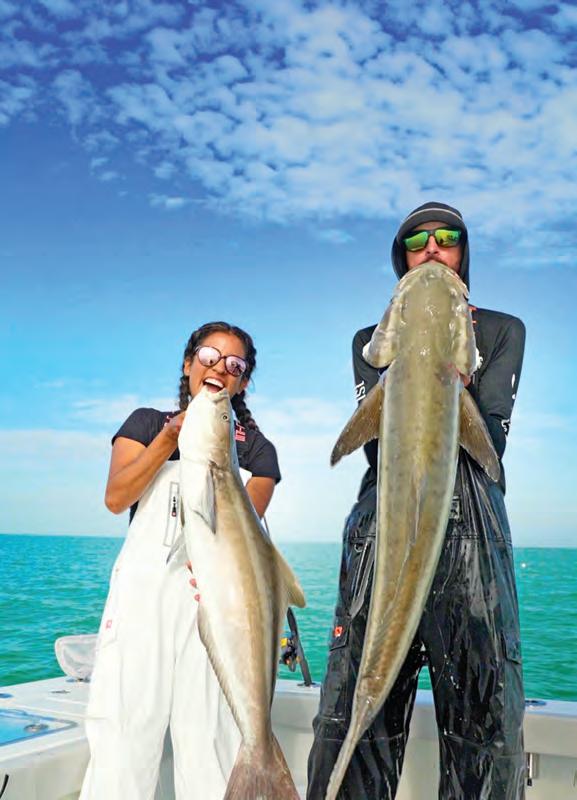 By A. deGruchy
By A. deGruchy
Cobia are robust, daring, and always up for a challenge. You know you’re in for some fun when you spot them cruising near the surface, sometimes in pairs or groups, hounding baitfsh like a wolfpack or drawn in by curiosity at the action around your boat. If you’re geared up and ready for them, a little fnesse will have you luring them in like a pro.
Location is key. When fshing for cobia in the backcountry here in the Florida Keys, we look for them to be around structures, wrecks and foating debris, ofen roaming the same areas in groups. Tey’re not pickiest eaters. Pitch a live bait out in front of them, and they’ll usually eat it, and we’ve also had great success with a Savage Gear RTF 3D Shrimp.
Te action when using these Savage Gear shrimps is a hard jerking lif, then letting your shrimp fall, mimicking a shrimp’s natural actions. For the battle, the optimal gear is at least a 4500 reel, but you really don’t need more than a 6500, and we always trust our Penn Authority and pair it with a medium/medium-light Carnage III Rod for maximum control and power.
Te most important thing to remember when hooking a cobia is to be ready, as it’s very common to spot “following” cobia. Tey ofen travel together and like to investigate what your hooked cobia is doing and eating. Tese “followers” can lead to an epic double header, but only if you have enough rods rigged and ready on the boat and hands to cast them.
Cobia are known for powerful runs, ofen scoping up and switching directions in a split second. Keep calm, adjust your drag, and let them exhaust themselves. Stay alert as you reel in your cobia, as they are known for sudden maneuvers, and will sometimes dart under the boat in a heartbeat. And the fght doesn’t end even afer you’ve gafed a cobia. Exercise caution when you bring them over the rail and onto the deck because they ofen cause havoc on the boat. It’s best to tire them out completely during the fght to minimize potential damage.
Since regulations frequently change with cobia, staying informed is important. One keeper cobia can feed a lot of people. Teir meat is known for its steak-like texture and delicate favor, perfect for a mouthwatering sear with butter and seasoning.
For the best shot at spotting a cobia, consider booking a full-day charter. Tis helps your chances to see one, and the timing should be pretty solid for in the upcoming weeks.
Book a charter at www.beansportfshing.com and follow their cobia adventures at “Bean Sportfshing TV” on YouTube.
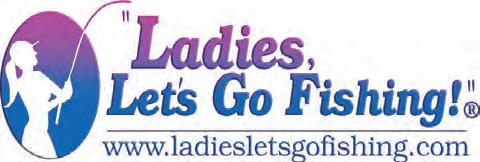






Along with blooms on the trees and frogspawn in the ponds, the annual rites of spring include an uptick in anglers reporting heavyweight catches.
A spate of recent record catches marks the transition to longer days, warmer weather and spring-spawning species putting on weight. In Indiana, an angler caught a monster 8-pound, 4-ounce smallmouth bass that crushed the existing state record by a pound. In Kentucky and Georgia, two anglers boated big yellow perch. Te Kentucky perch set a new state record, while the Georgia fsh earned the angler a tie for the heaviest perch ever caught in the Peach State.
In Indiana, angler Rex Remington caught his big pre-spawn smallie on March 3 at Monroe Reservoir. Te fsh was weighed on certifed scales in the presence of Indiana DNR ofcials before being released. Te new record was adopted a couple weeks later and is listed at 8 pounds, 4 ounces, beating a record that had stood since 1992. Te all-tackle world record smallmouth weighed 11 pounds, 15 ounces. It was caught from Dale Hollow Lake, Tennessee in 1955.
Smaller, but no-less-impressive, Lynn Bumgardner caught his 1.58-pound Kentuckyrecord yellow perch at Lake Barkley on March 2. It beat the existing 1.44-pound record caught in 2010. He was trolling grubs for crappie and knew
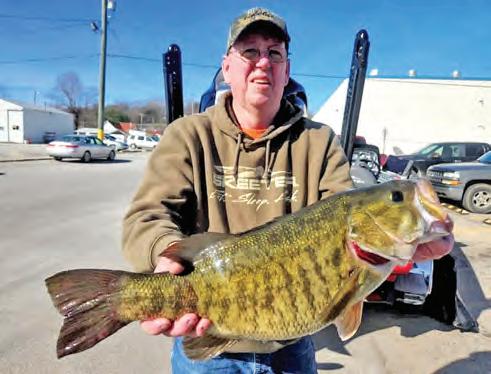
he had a heavy fsh when it hit, but he didn’t realize it was a potential record perch until it surfaced. Te fsh was 14.25 inches long.
Tey must grow perch bigger in Georgia. On Feb. 18, Emerson Mulhall caught a huge 16-inchlong, 2-pound, 9-ounce yellow perch that tied the existing state record set in 2013. Mulhall, who usually bass fshes at north Georgia’s Lake Burton was initially confused, because the fsh he’d hooked didn’t fght like a bass. When he realized it was a perch, his father convinced him to get of the lake and go get it weighed on certifed scales.
Te all-tackle world record yellow perch is reported by IGFA to have weighed 4 pounds, 3 ounces. Tat fsh was caught in New Jersey in 1865.
For more record fsh, go to coastalanglermag.com.
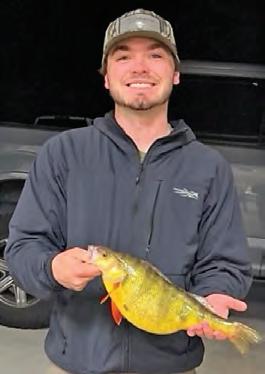


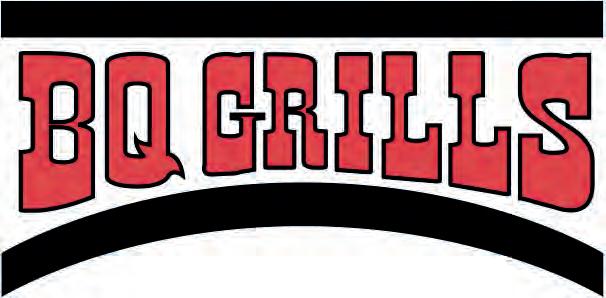

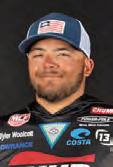
In some parts of the country, the bass spawn is already coming to an end like it is down here in Florida. In others the post-spawn might not start up for another couple months. Regardless of your phase, this post-spawn fshing tip should help you dial in your fshery when the time is right for you.
One thing is the same for every fshery and every species of bass afer they spawn, they are hungry! Tis can create some awesome and fun fshing opportunities. Post-spawn bass have provided some of my best days on the water.
Typically, afer the largemouth bass spawn, there are other fsh that begin their spawn. I’m not a scientist, but I’m sure this has a lot to do with the specifc timing of why bass do their thing when they do. In most areas of the southern United States, bluegill and ofentimes shad start to spawn very shortly afer the bass fnish up. Afer a long couple weeks or months protecting eggs in the shallows, bass use every advantage they can to feed when these baitfsh group up, and this can make for some fun fshing.
Smallmouth bass and spotted bass in the post-spawn phase are very similar to largemouths when it comes to taking
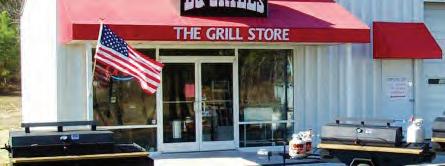


advantage of bait schools. I have seen them group up and attack shad, perch and alewife schools and any other bait that is readily available. Typically, I do a lot of my searching for these things with my electronics and forward-facing sonar, which is a very helpful tool for learning fsh activity and seeing what’s going on under the surface of the water.
Most of the time you don’t necessarily need electronics. You can use clues visible to the naked eye to help you fnd this “feed” that is going on. Birds feeding on the water is an awesome sign of a feeding frenzy, and it’s one thing I always look for. Also, always keep your eyes peeled for fsh blowing up on the surface or shad fickering under the surface. Sometimes the very smallest clue can lead you to much larger picture. Birds standing on specifc banks, the sound of bluegill popping around vegetation, anything that clues you in to bait in the area usually means the bass aren’t very far away.

Hopefully this tip will help you when the fsh in your area get into the post-spawn feed. Find the bait, and you will fnd the bass!
I try to imitate the prevalent baitfsh with whatever kind of lure I’m throwing. For bluegill eaters, I will throw a frog or a swimjig in bluegill colors. For shad eaters, I will throw white or silver topwaters and crankbaits.
Always match the hatch if possible. Good luck out there this season, and tight lines!
Tyler Woolcott is a professional tournament angler and guide. Check out his website at www.tylerwoolcottfshing.com.
 By Will Schmidt
By Will Schmidt
With gag grouper closed until late summer for many of us, it is time to be out looking for red grouper to fll our tacos this spring and summer. Fortunately, they are aggressive eaters if you’re willing to make the extra efort to go to their feeding grounds. In general, to get to decentsized reds, you’ll need to head a bit farther out, with the best fshing being found in 80 feet or deeper, especially as the water warms. You are still looking for the same type of environment; Swiss cheese bottom, ledges and artifcial reefs can all hold good numbers of quality fsh.
Te tactics are the same and simple. Tey will eat dead or live bait in most cases. Tat said, I found a combination of the two to be the best bet. I like to start with “stinky bait.” Dropping some frozen squid or menhaden is a great way to get the bite going. Once the bite starts, which is usually quickly if they are around, I like to switch to palm-size live pinfsh to entice the bigger fsh. While dead bait and jigs will certainly get you keepers, the larger fsh are quicker to hit a live bait.
Rigs are simple. Circle hooks must be used with natural bait and 5/0 to 7/0 hooks will do the trick. I prefer to use about 2 feet of leader, then a swivel and my weight, and a knocker rig will also work. A minimum of 50-pound fuorocarbon leader is recommended, as they will run for a hole in the rocks once hooked. Keep a close eye on your leaders, as they tend to get chafed when the fshing is good.
Even though red grouper are typically smaller than gags, I still use my goto big grouper set up, as at these depths you could get a big gag or other sea monster. Fortunately, new lighter combos like the Accurate BV600 reel and 70H rod make a full day of fshing more fun and less fatiguing. Tese two-speed reels have a patented twin drag that will stop the hardiest of fsh, and with that winching power you can use a lighter more parabolic rods to handle the biggest of bottom fsh. Line is important too. Te lack of stretch in braid is a must for landing big grouper. A minimum of 65-pound test, and a metered braid like the Nomad Panderra 8x is great for knowing how close you are to the bottom. Moreover, these rods are sensitive enough to do double duty as trolling rods for kings, sails and mahi.
While they might not be quite as big as some of their cousins, red grouper are great table fare, and it is hard to turn down a grouper taco, no matter what variety it is.
Will Schmidt is a seasoned tournament angler who has been writing about fshing from more than two decades.

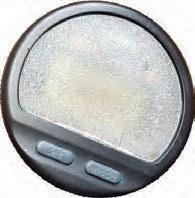


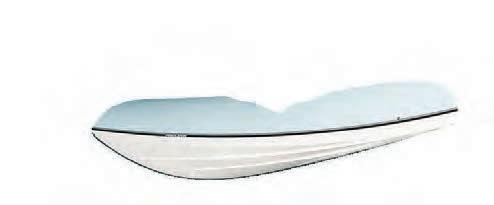





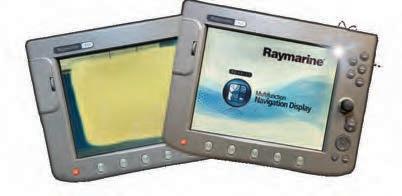
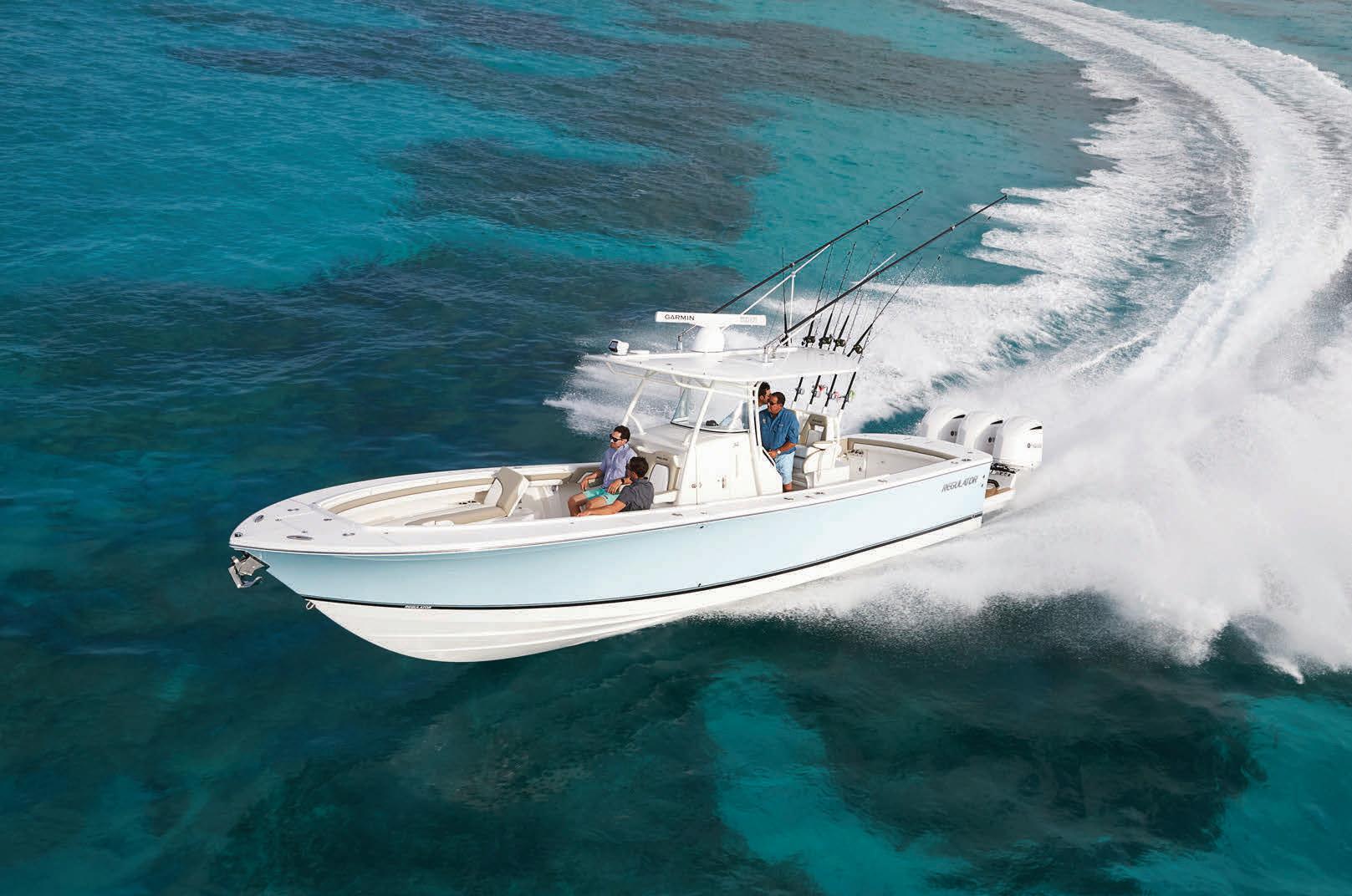
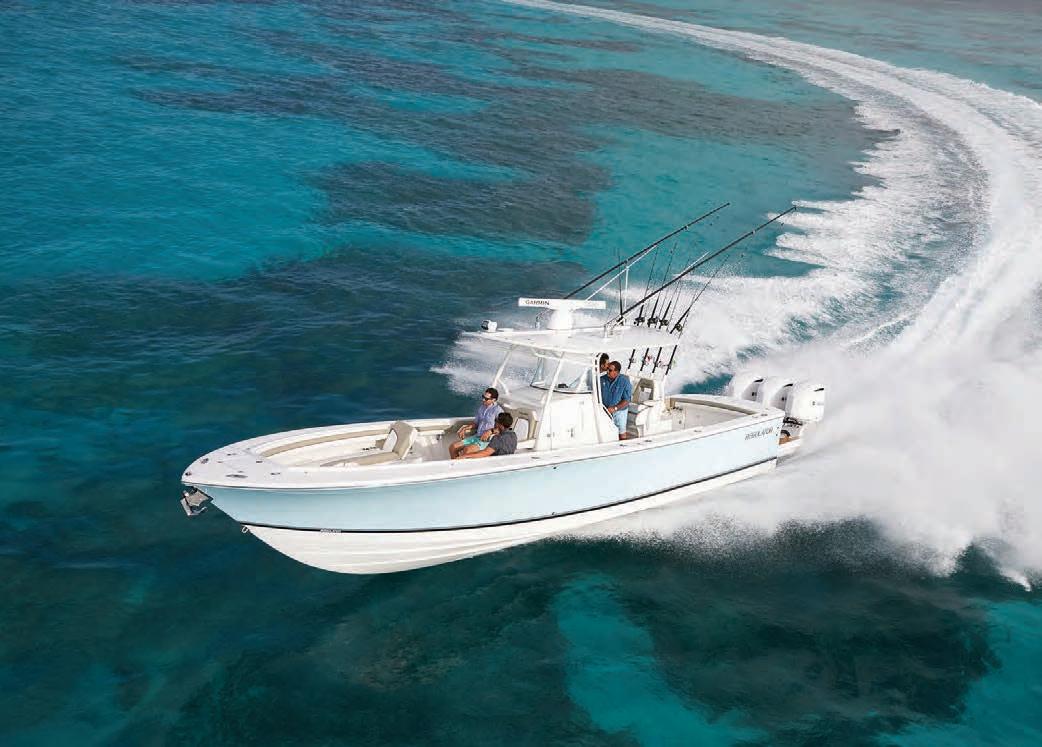


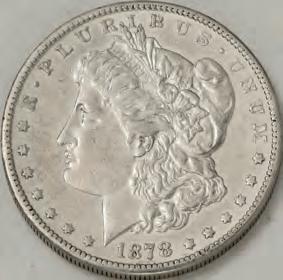
















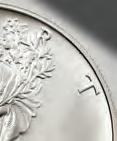


The heritage of American Silver Dollars is rich and diverse, marked by stunningly beautiful designs, leading to an enduring desirability in the hearts of collectors around the world. In this iconic U.S. Silver Dollar set, spanning nearly 150 years, you’re getting FIVE American Silver Dollars issued over the last 15 decades that each reflect the history, culture and economic aspects of the United States.
Each of these U.S. Silver Dollars is sought-after by collectors individually, but this set includes every design of U.S. Silver Dollar in American history, issued from 1878 to 2024!
Morgan Silver Dollar: First struck 146 years ago in 1878, the Morgan has a historic legacy as the coin that helped build the American West. Minted until 1904, then again in 1921, this 90% silver coin with its iconic Lady Liberty design is the most collected vintage Silver Dollar in the world. Extremely Fine (XF) condition coin included in set.
Peace Silver Dollar: With a beautiful design memorializing peace following the end of World War I, the 90% silver Peace Dollar was intended as a one-year only release struck in 1921—but it proved so popular with the American people, it was struck until 1928, then again in 1934-35. Extremely Fine (XF) condition coin included in set.



Eisenhower Dollar: The last circulating U.S. dollar coin, the Eisenhower Dollar, aka the “Ike Dollar,” was prized by Americans, with its design featuring war hero President Dwight D. Eisenhower, backed by an image symbolizing the Apollo II moon landing. First struck with silver 1971-1976, the Eisenhower Dollar in this set was struck in 40% silver for collectors, and you will receive a coin in Brilliant Uncirculated (BU) condition.
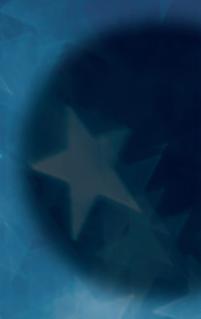




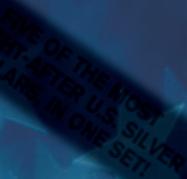
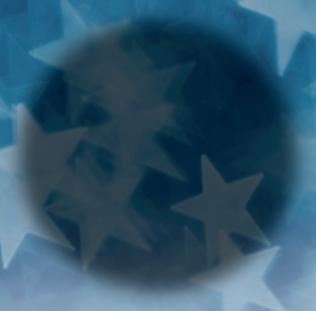

















Silver Eagle Type 1: The first-ever U.S. Silver Dollar minted in 99.9% silver, these coins were first minted in 1986 following President Ronald Reagan’s signing of the Liberty Coin Act into law on July 9, 1985, which authorized the U.S. Mint to strike America’s new silver bullion coin. This gorgeous Silver Dollar features the original, revered Type 1 “Heraldic Eagle” reverse design by John Mercanti, 12th Chief Engraver of the U.S. Mint. Brilliant Uncirculated (BU) condition coin included in set.
Silver Eagle Type 2: In honor of the popular 99.9% silver coin’s 35th anniversary in 2021, the Silver Eagle received a new, esteemed Type 2 “Eagle Landing” reverse design. This is the current issued coin by the U.S. Mint. Brilliant Uncirculated (BU) condition coin included in set.
SAVE with this Ultimate U.S. Silver Dollar Set! You’ll save both time and money on this 150 Year U.S. Silver Dollar Set, with FREE SHIPPING and a BONUS presentation case, plus a new and informative 150 Years U.S. Silver Dollars booklet! Call right now to get yours before they’re gone!









Ultimate U.S. Silver Dollars Set — Regular





